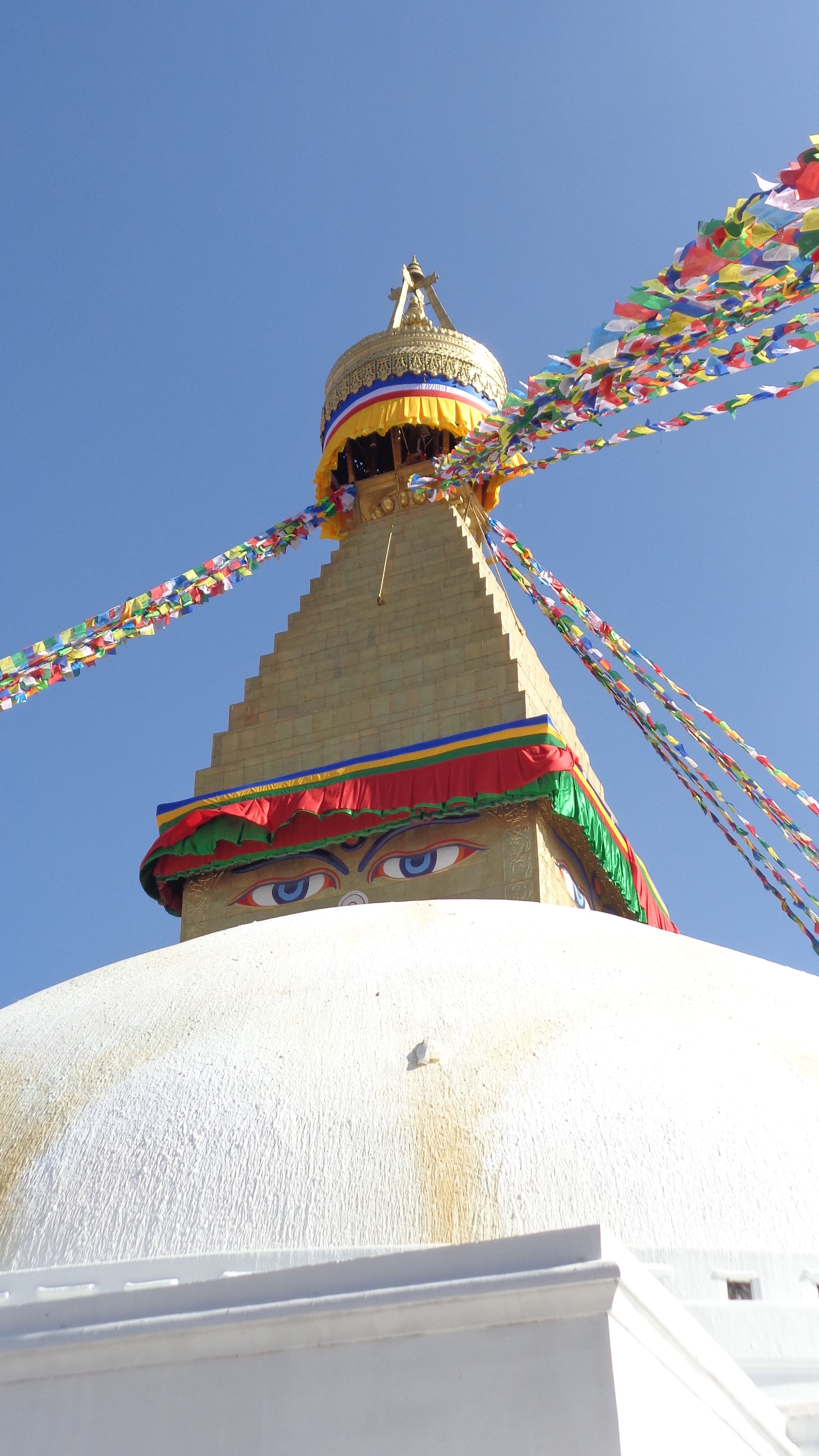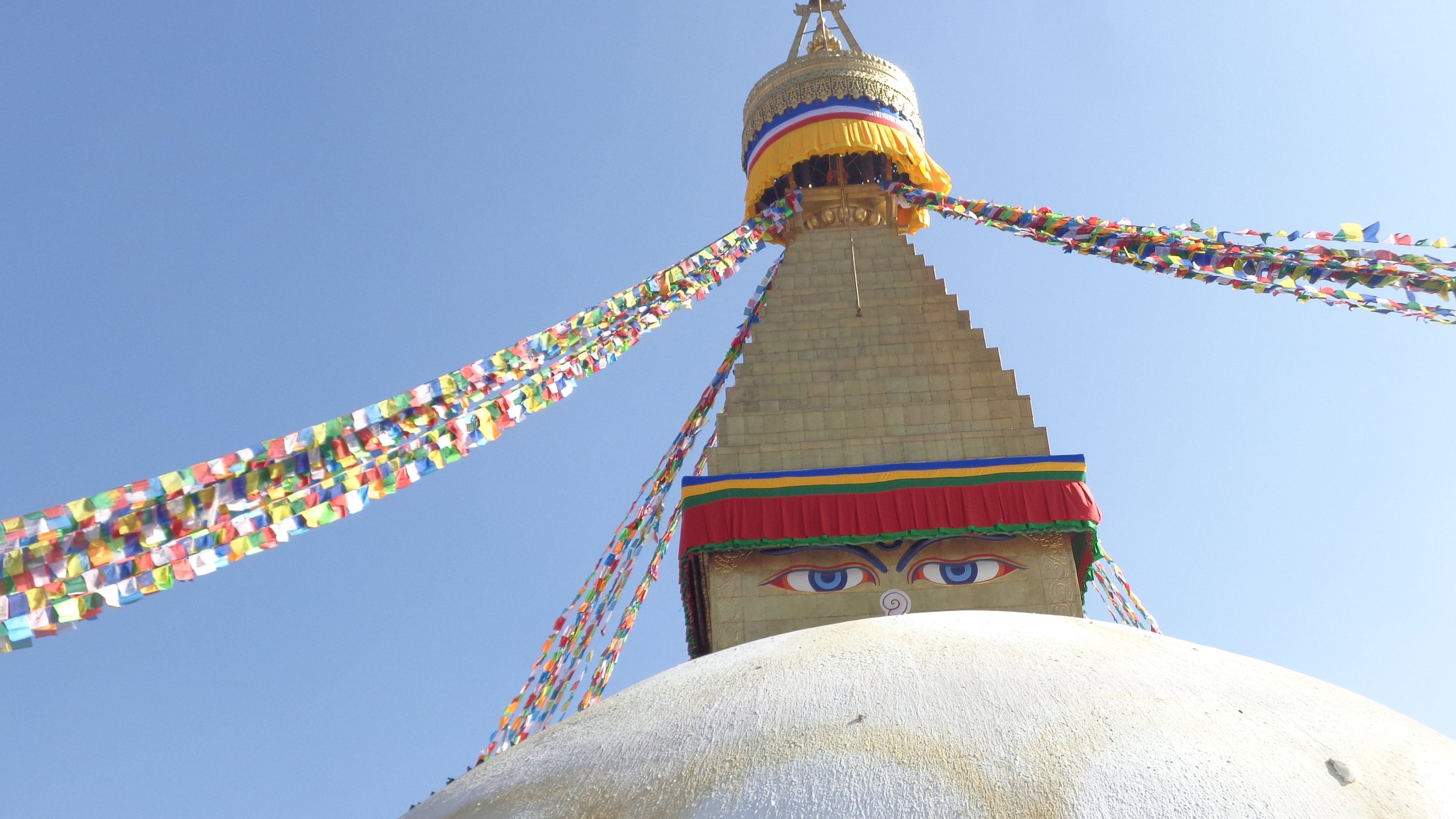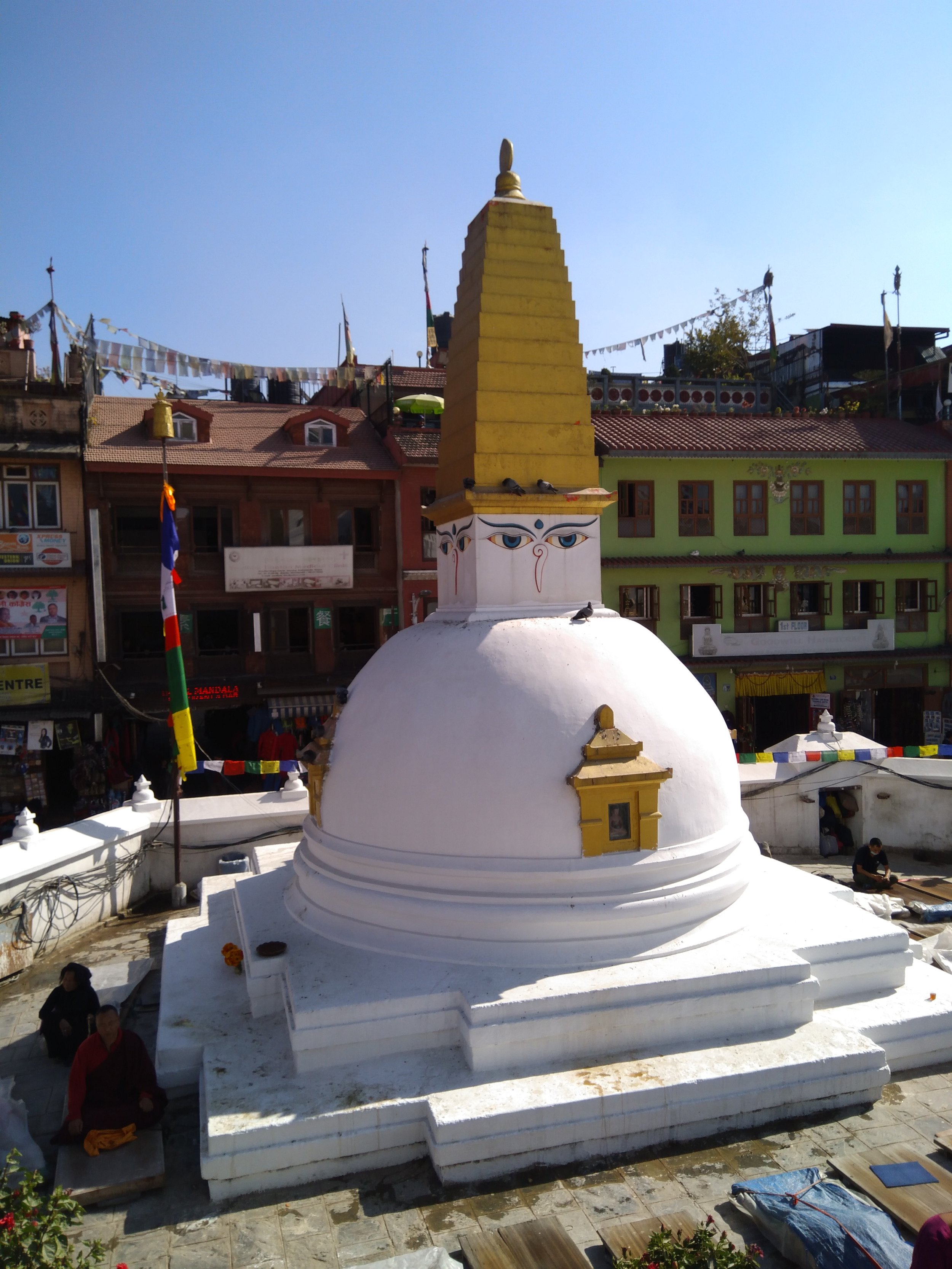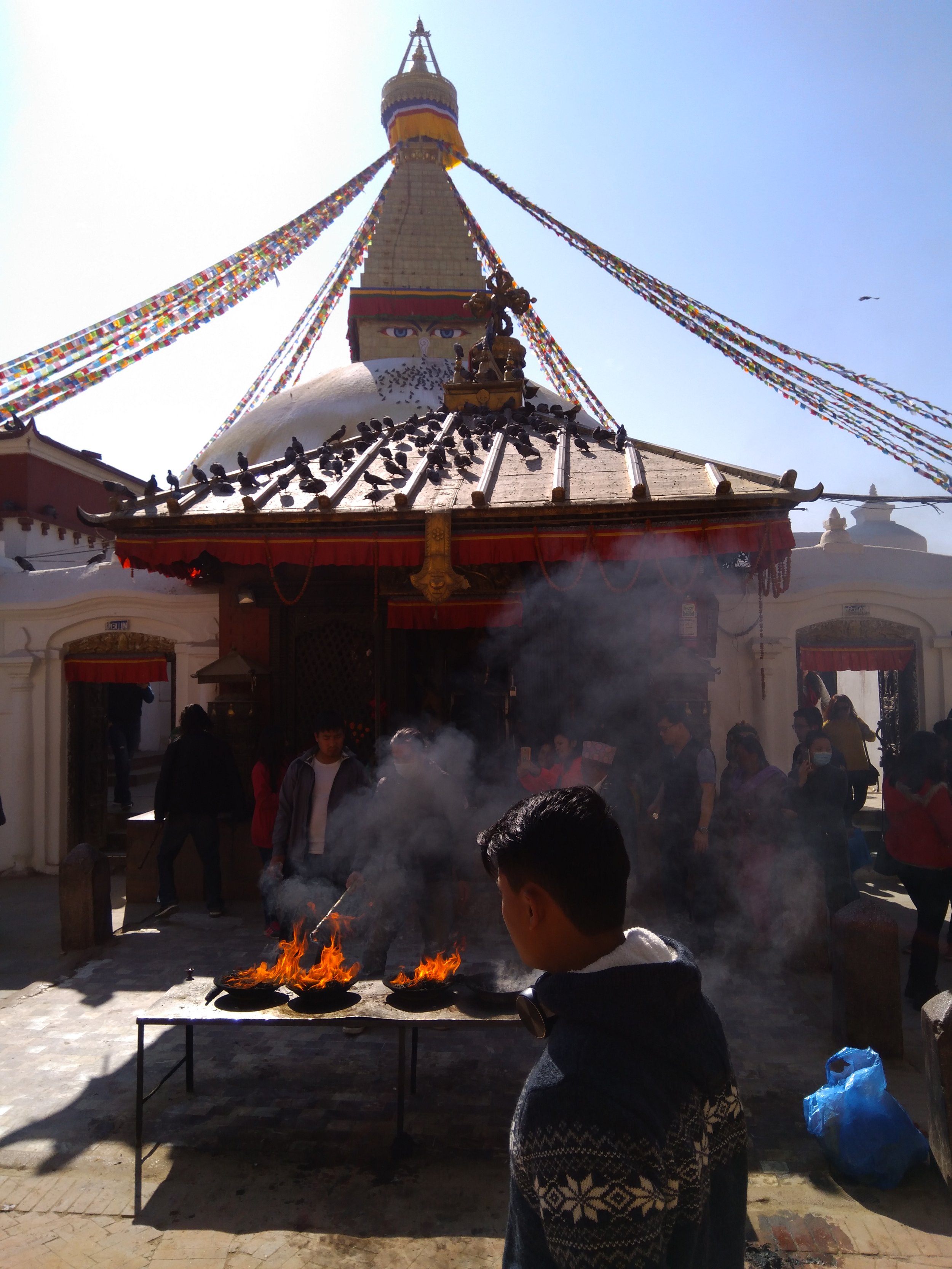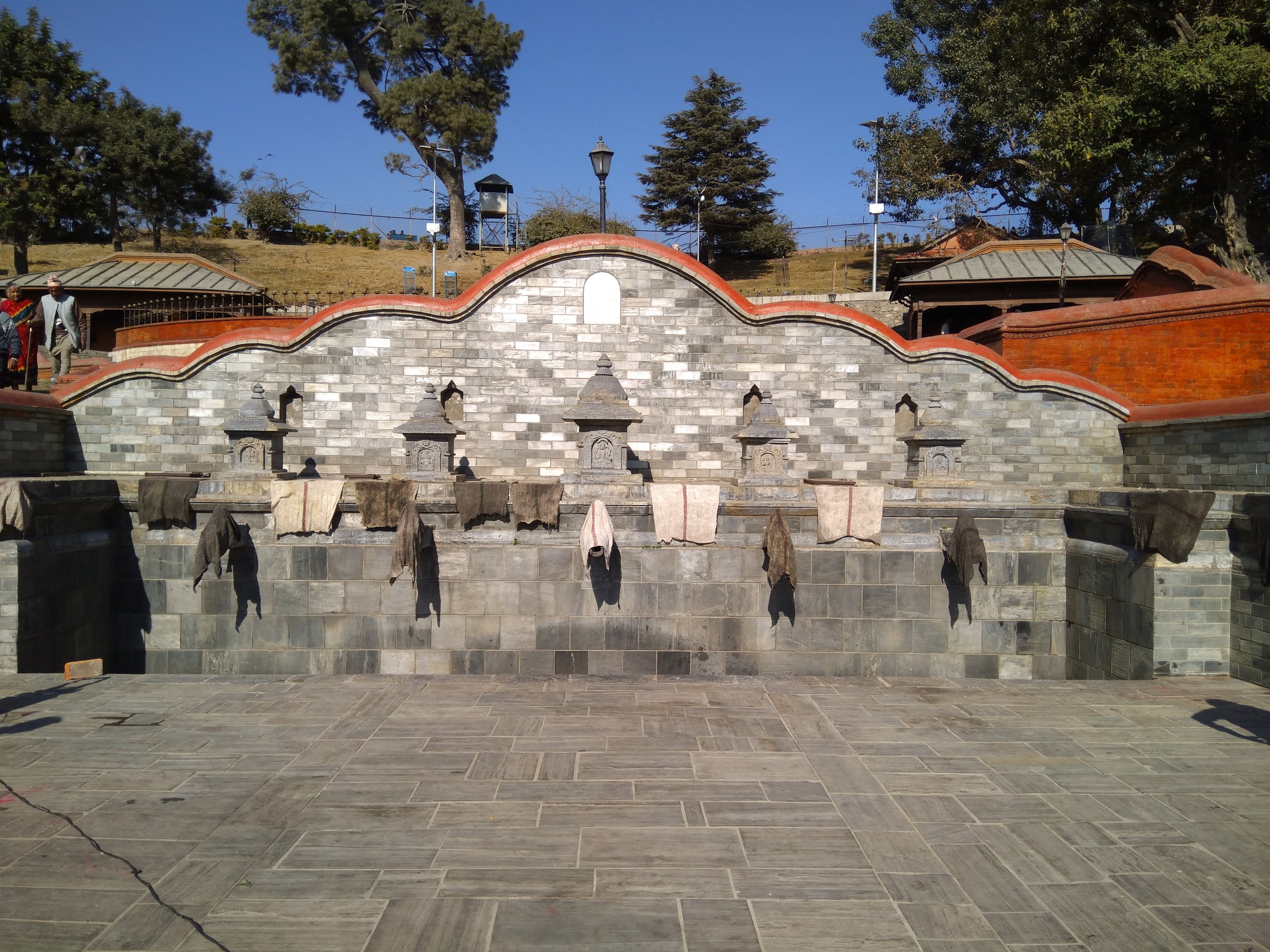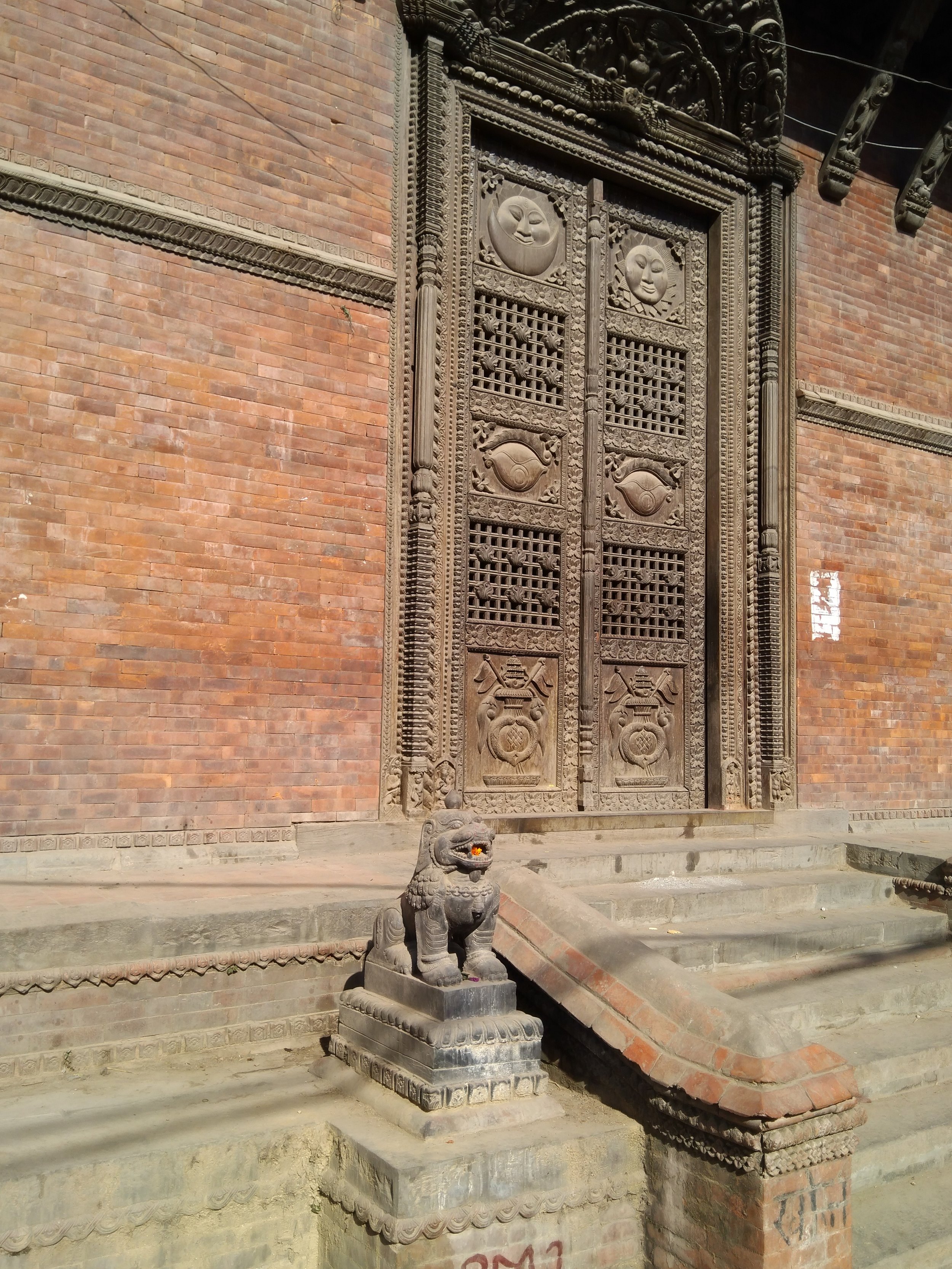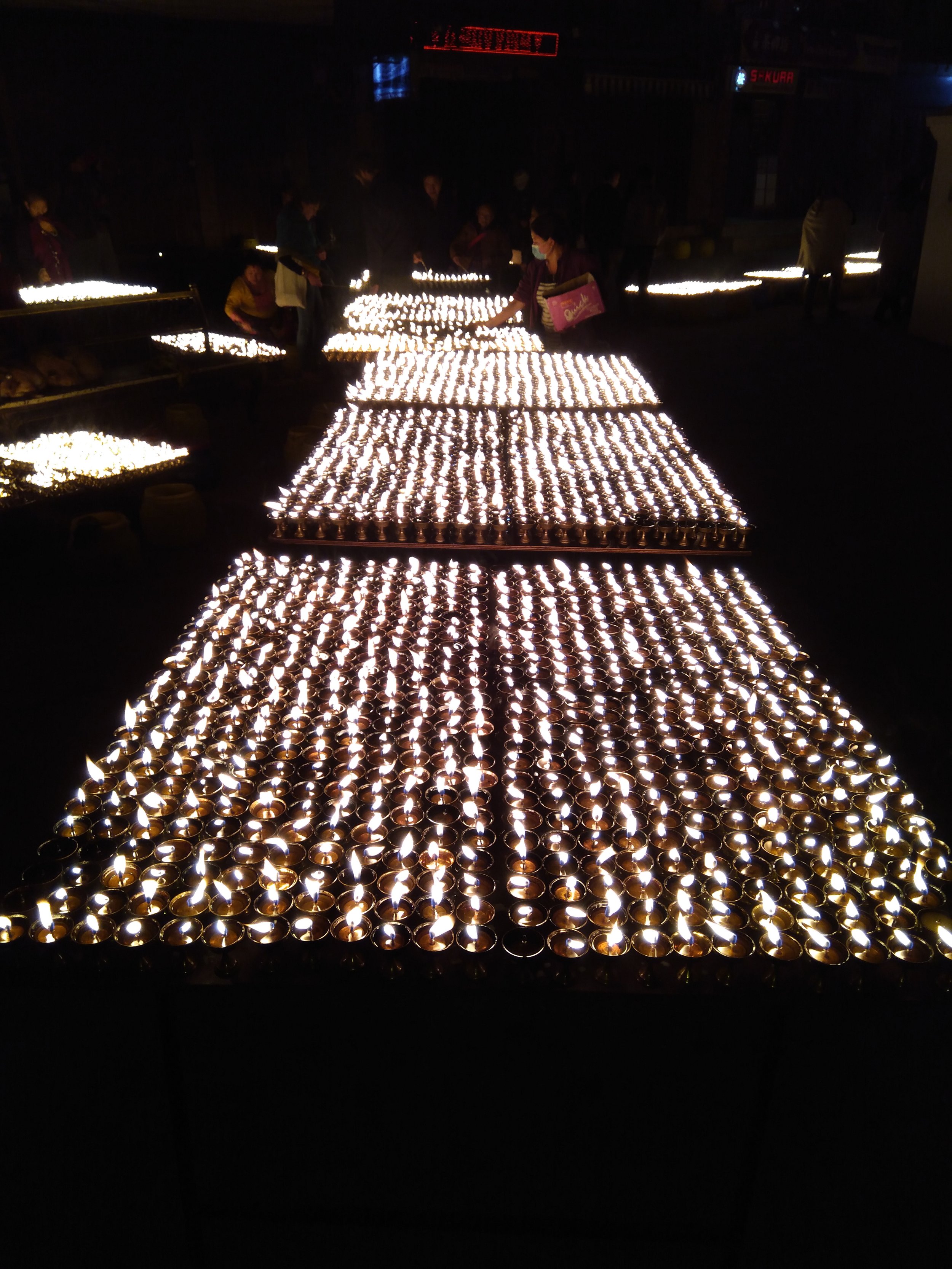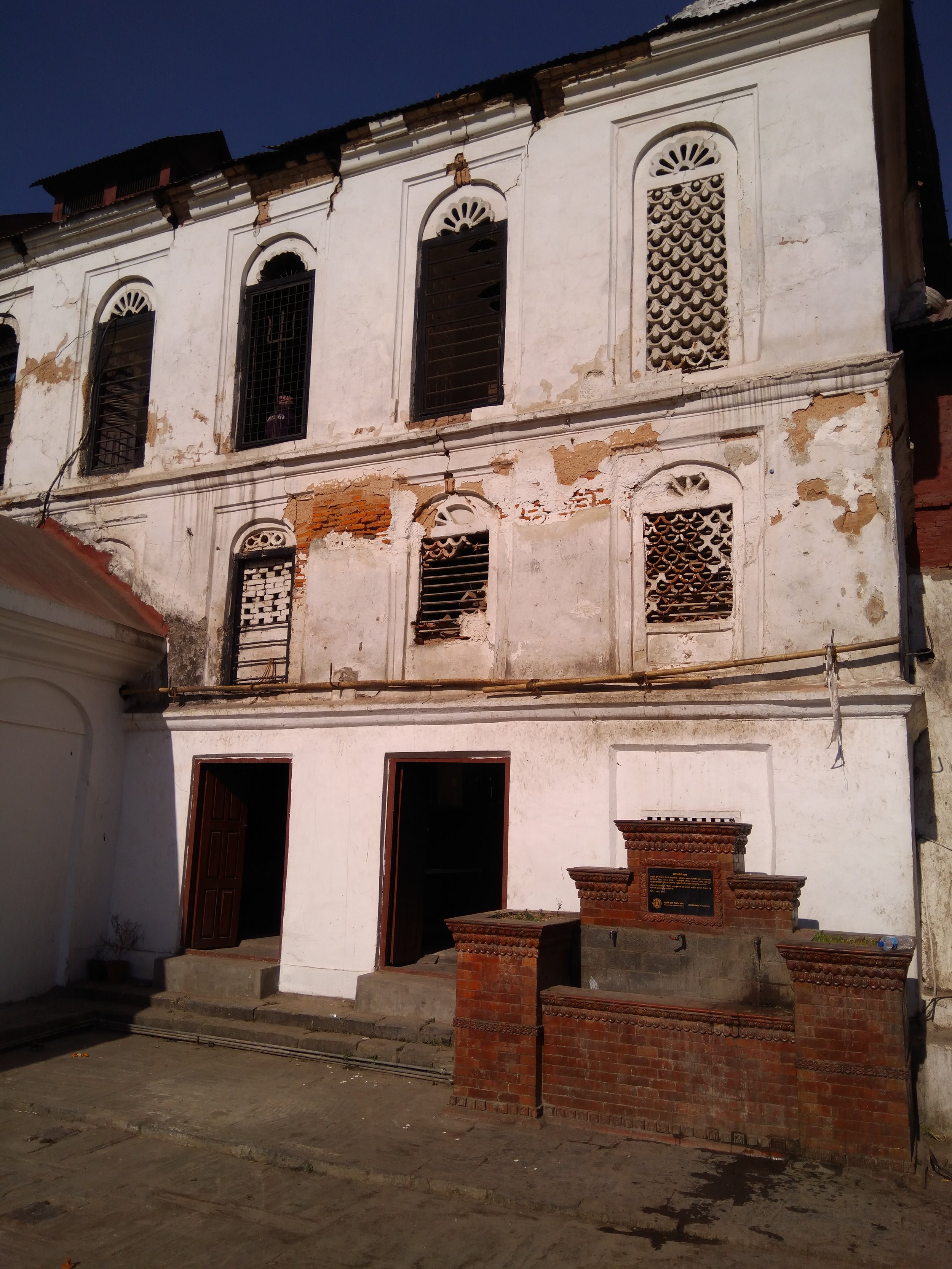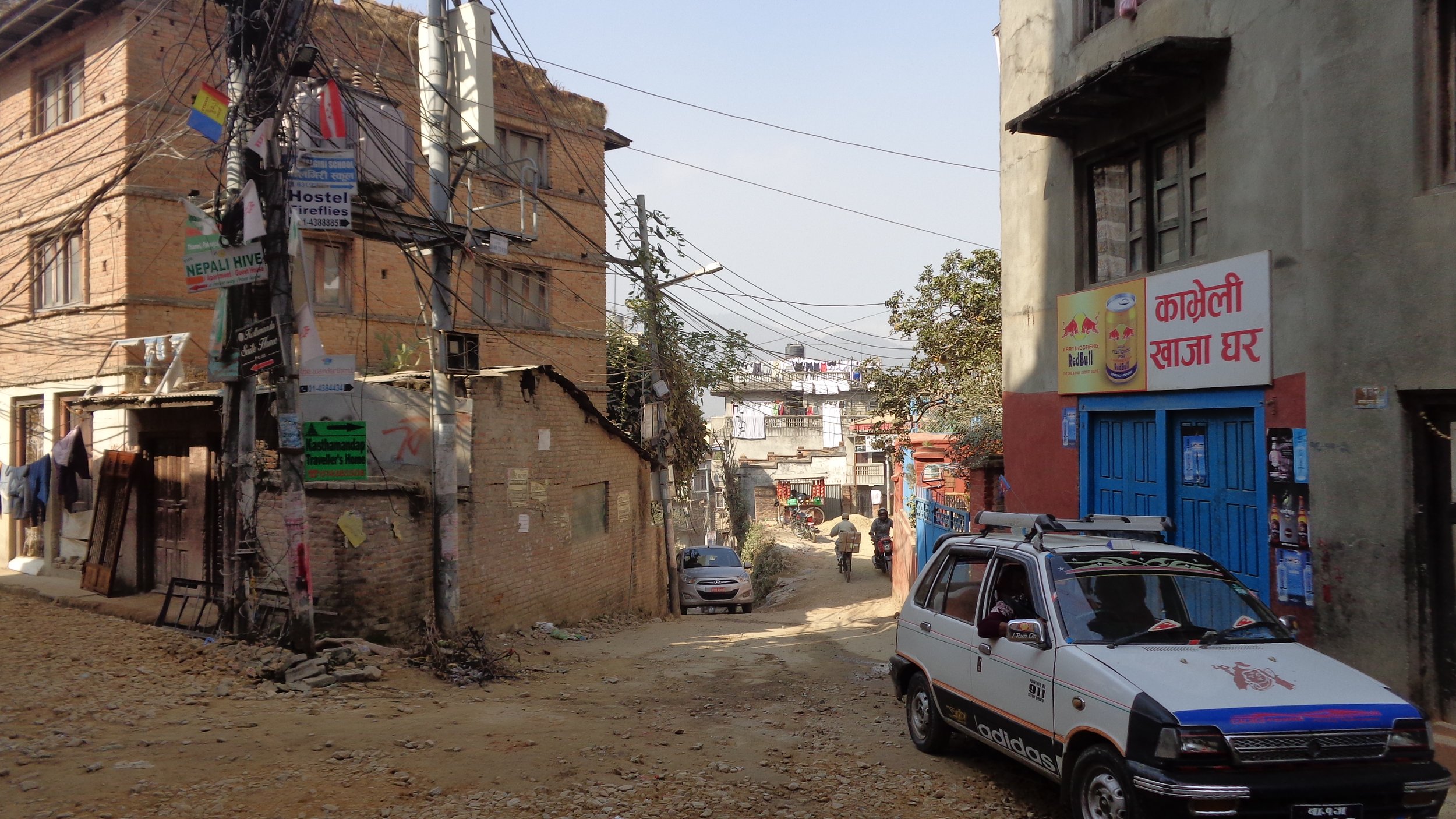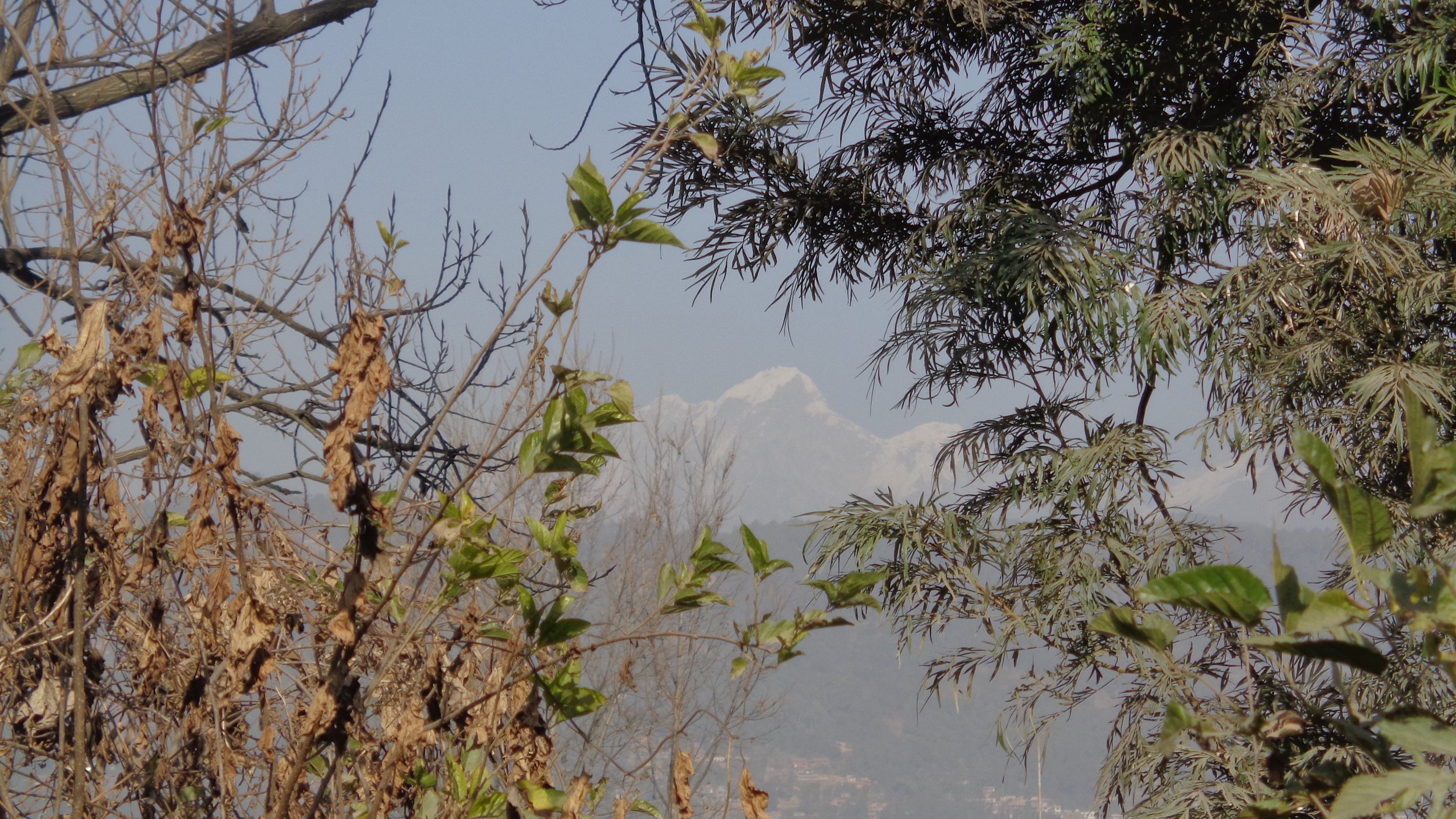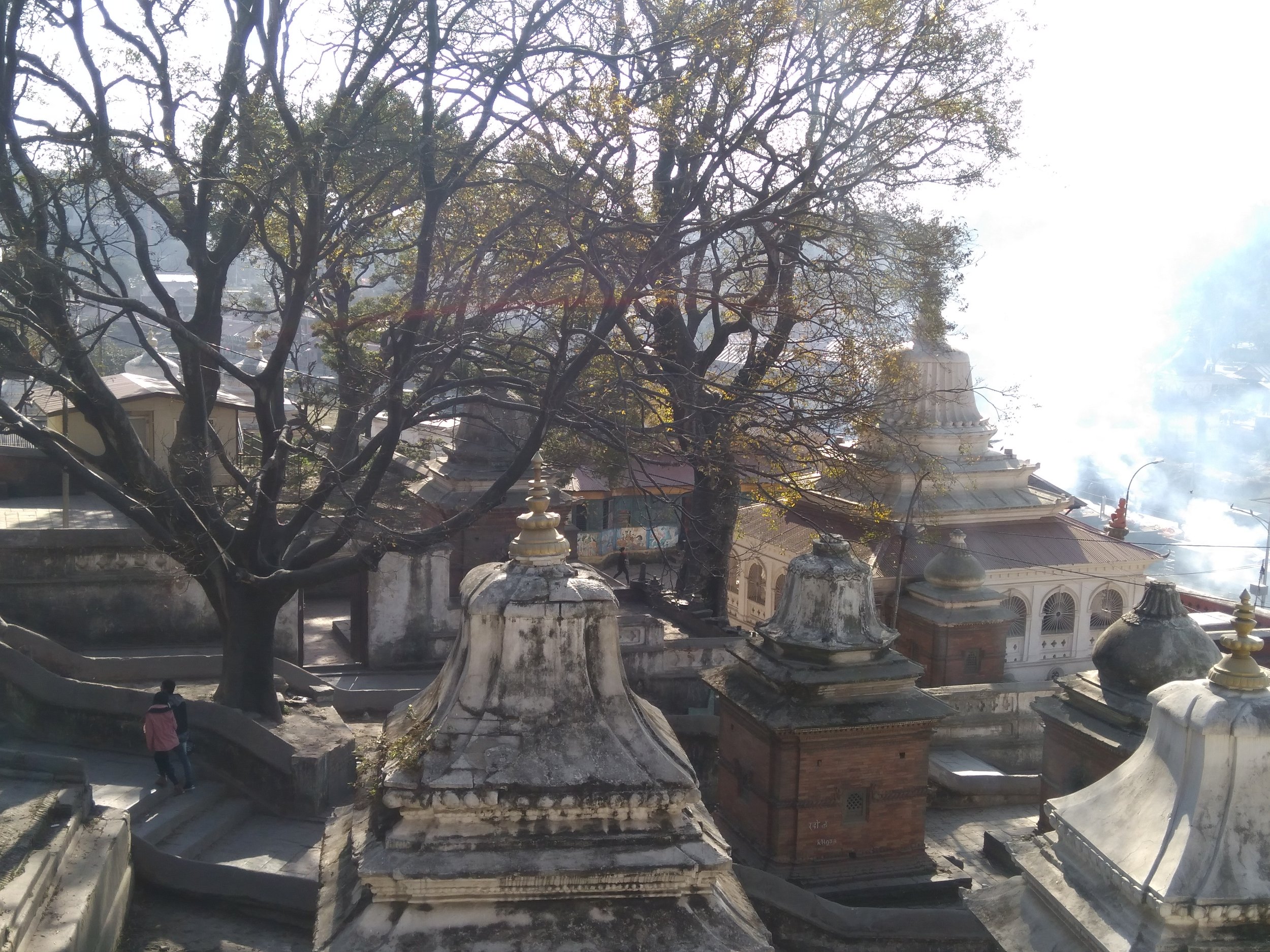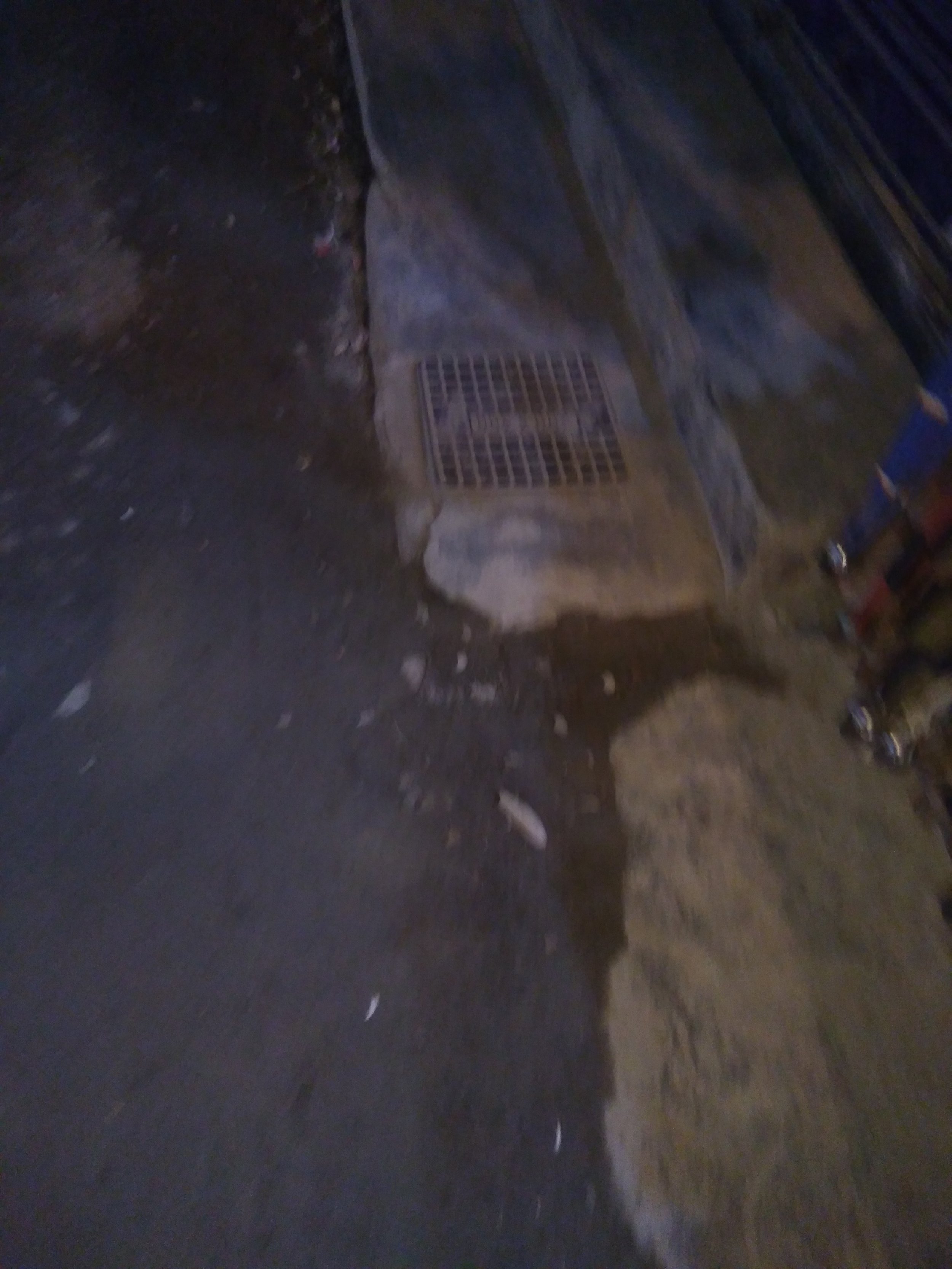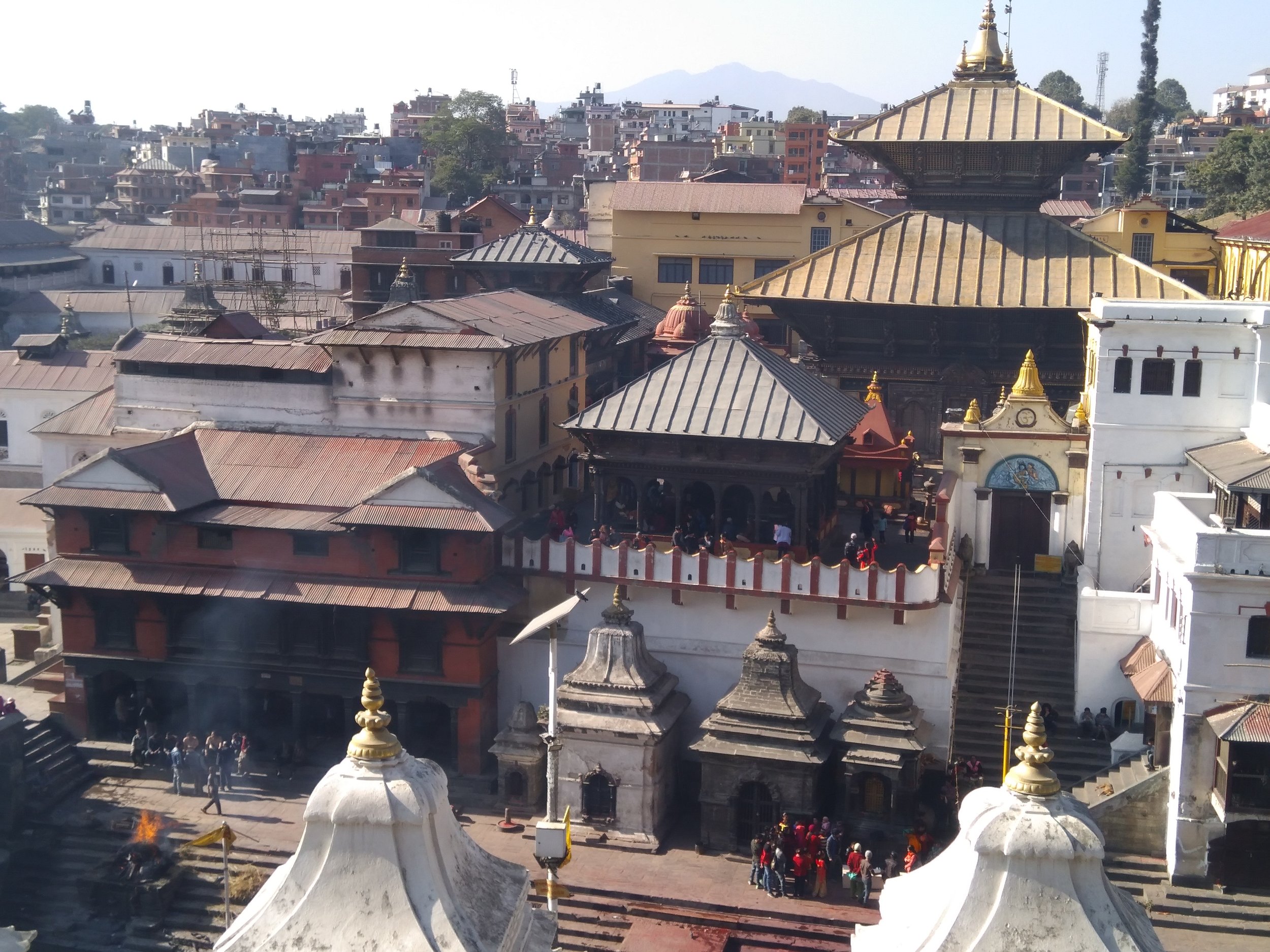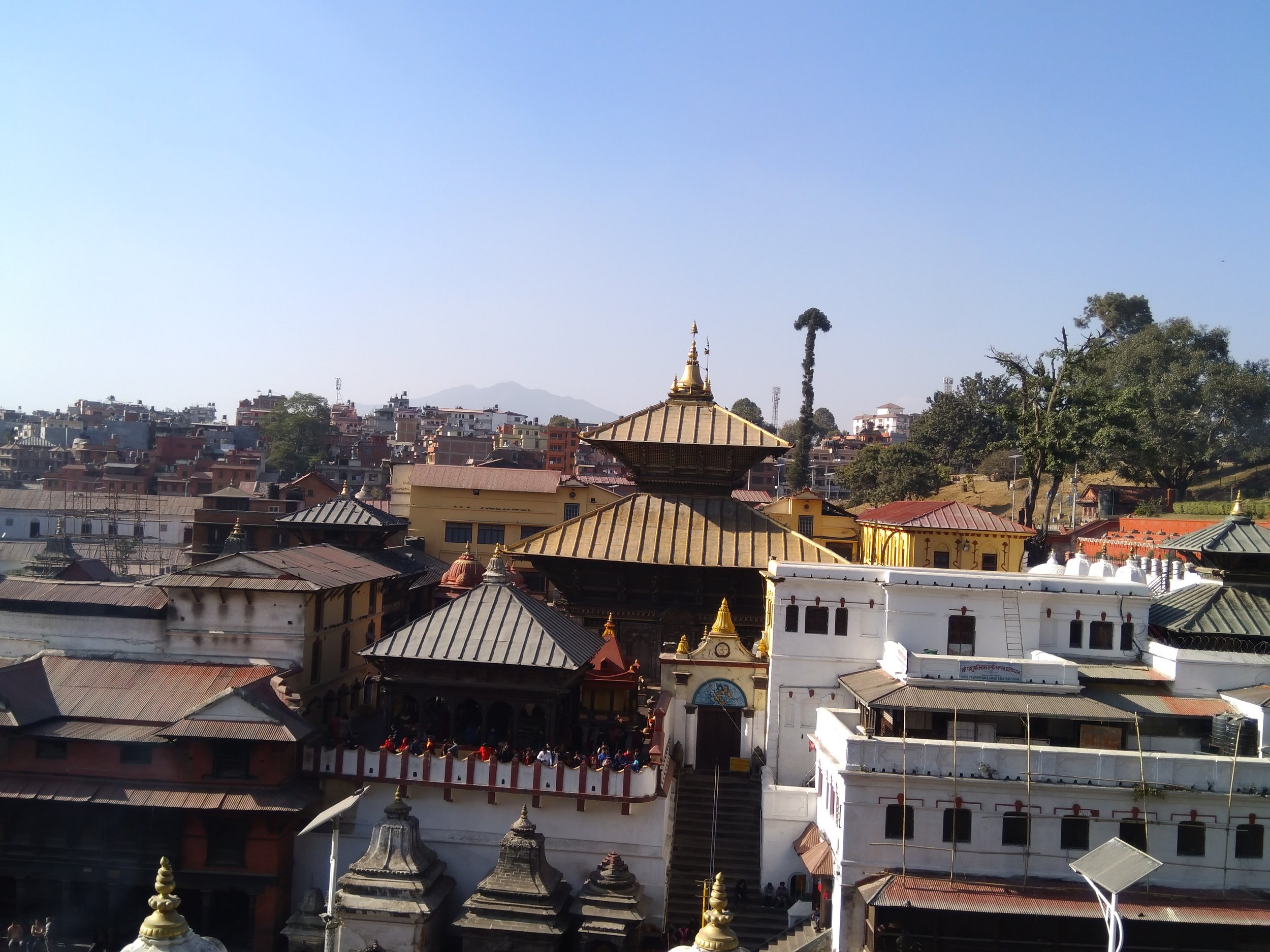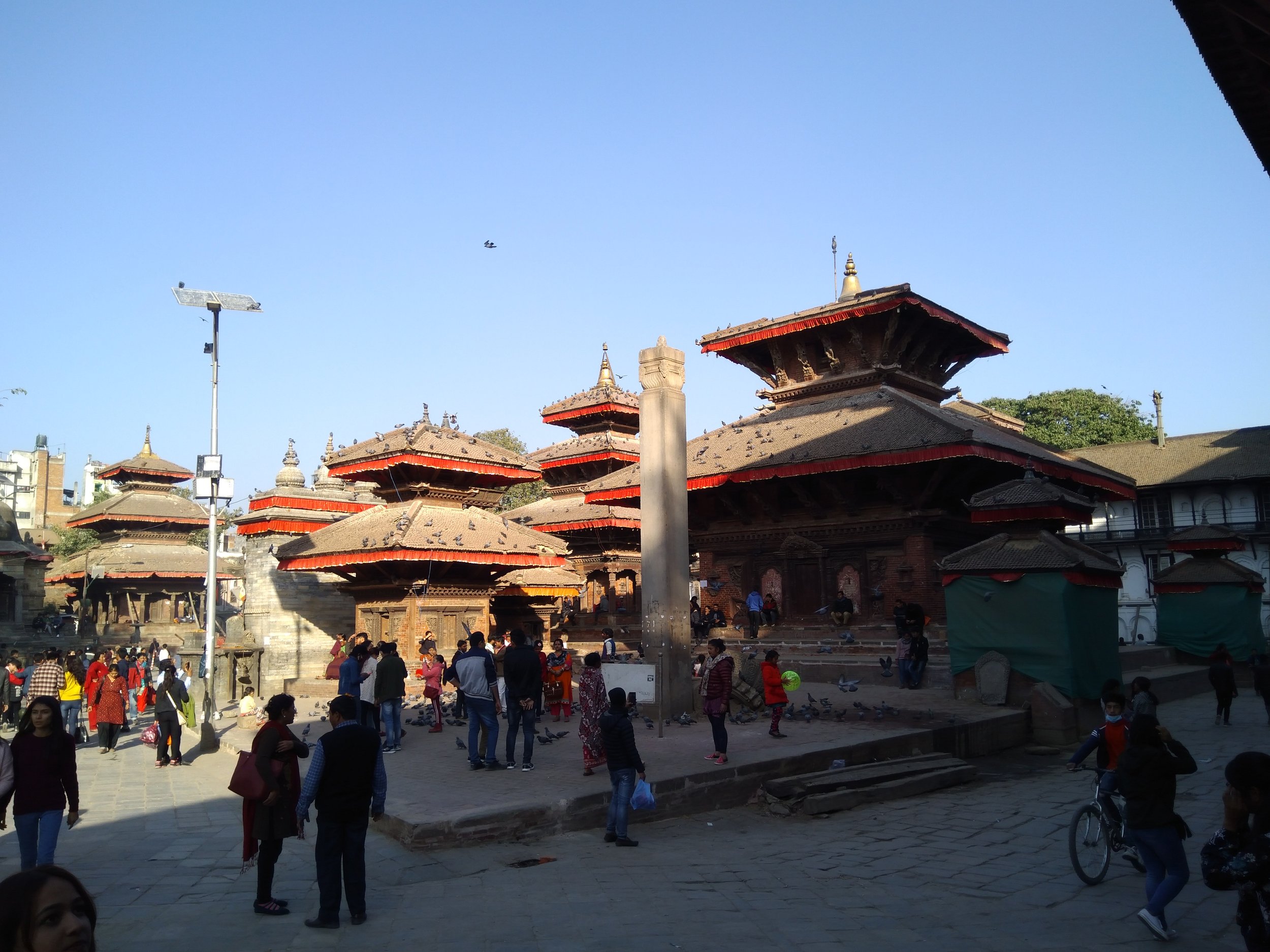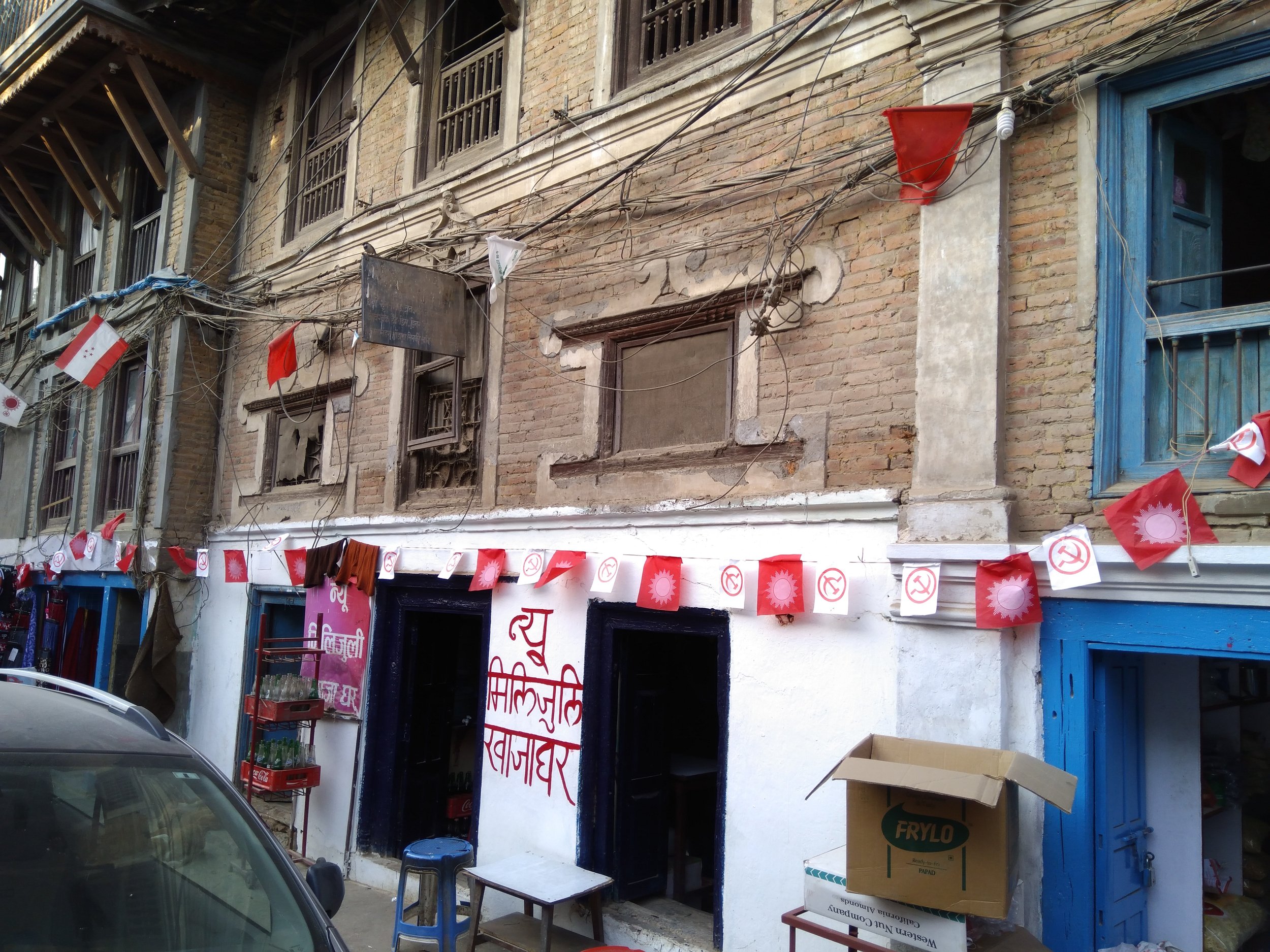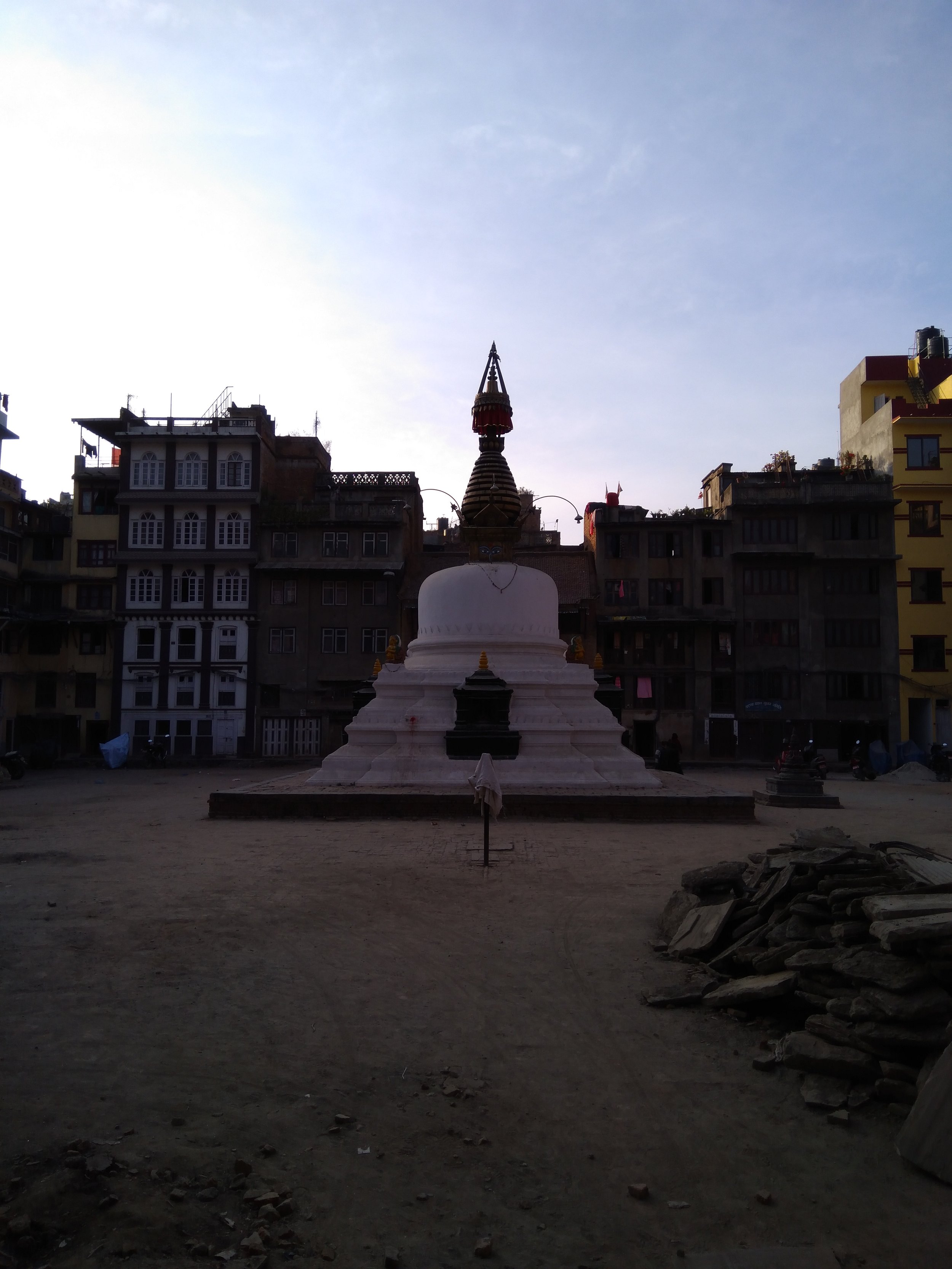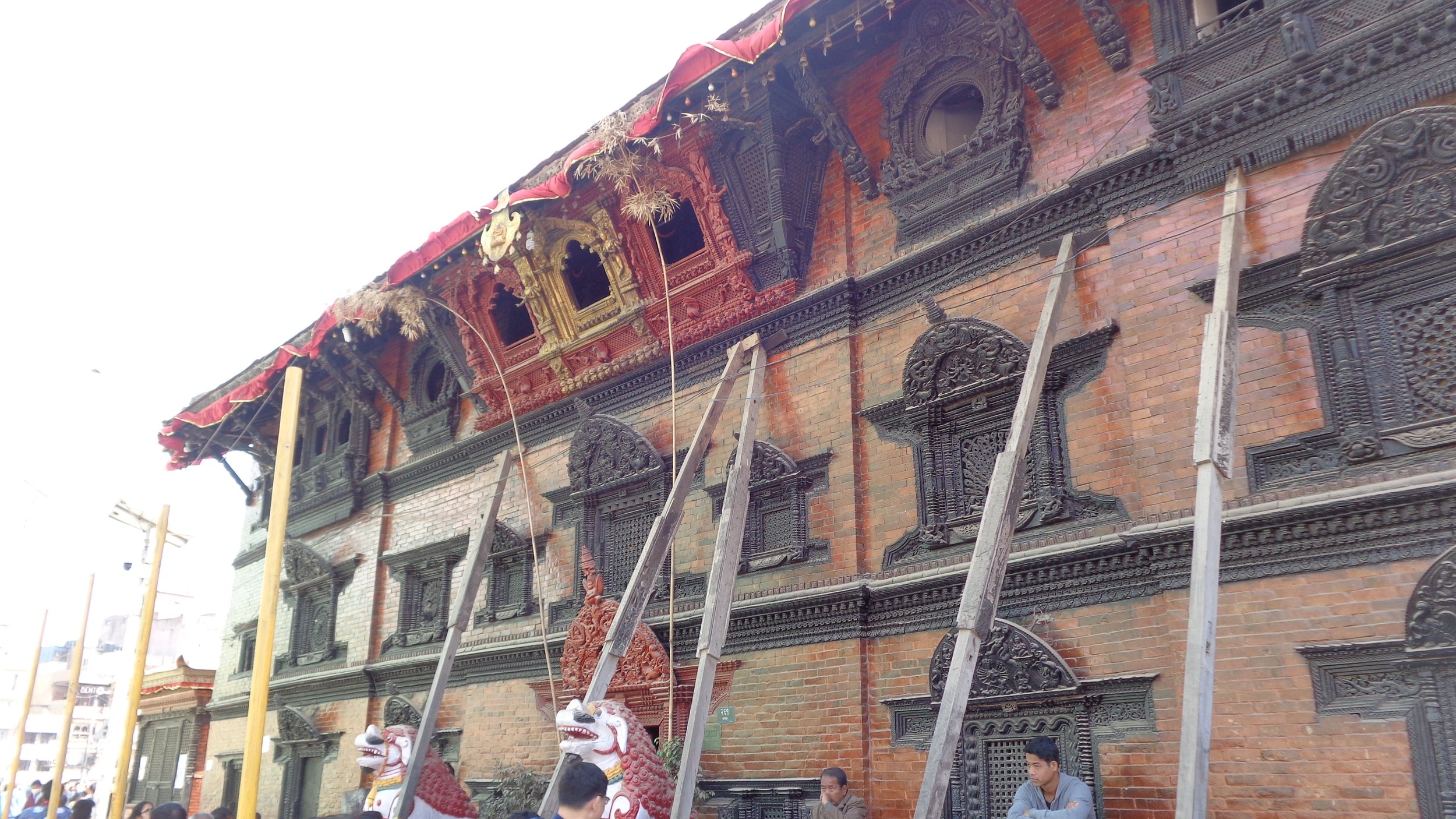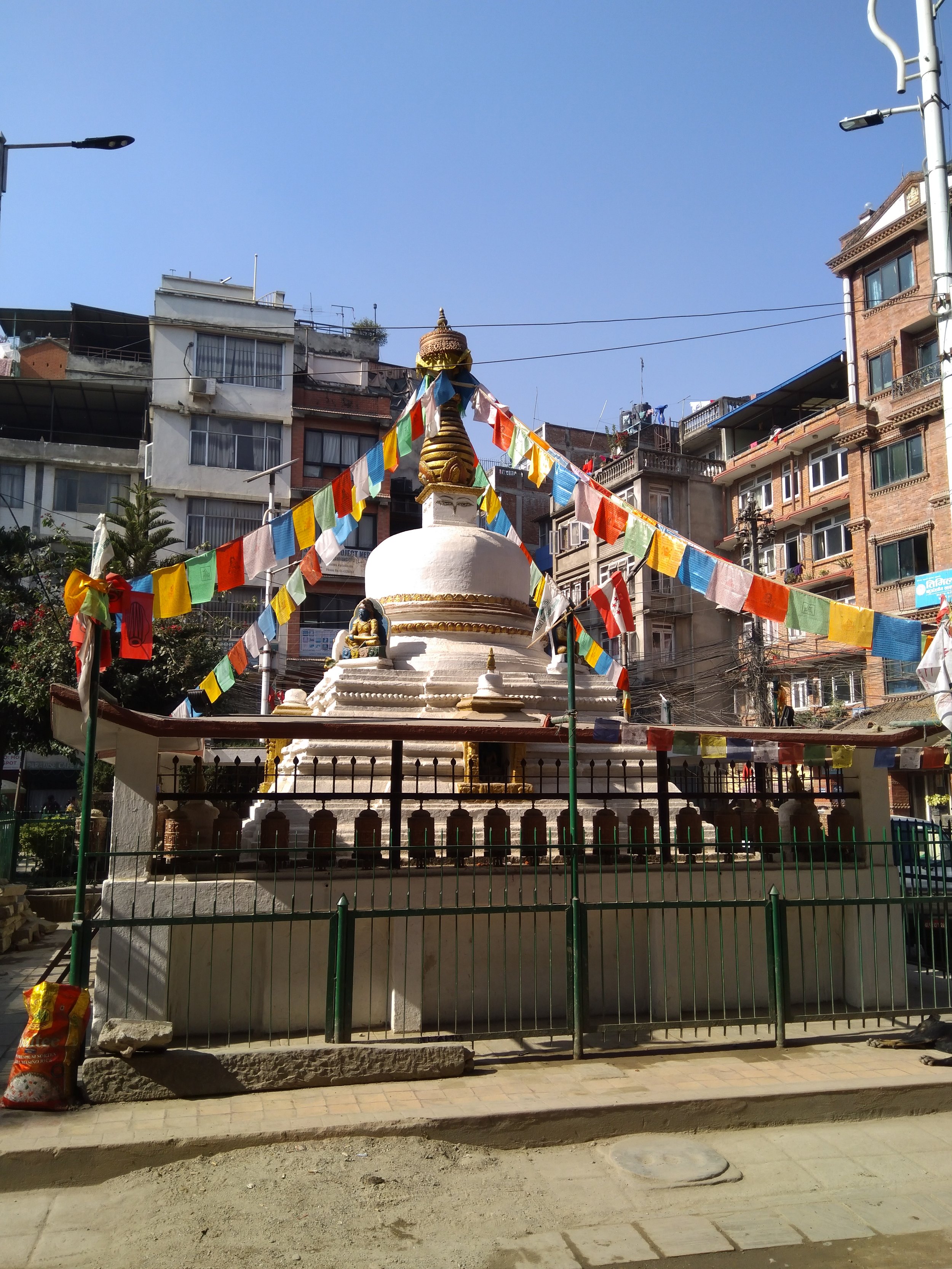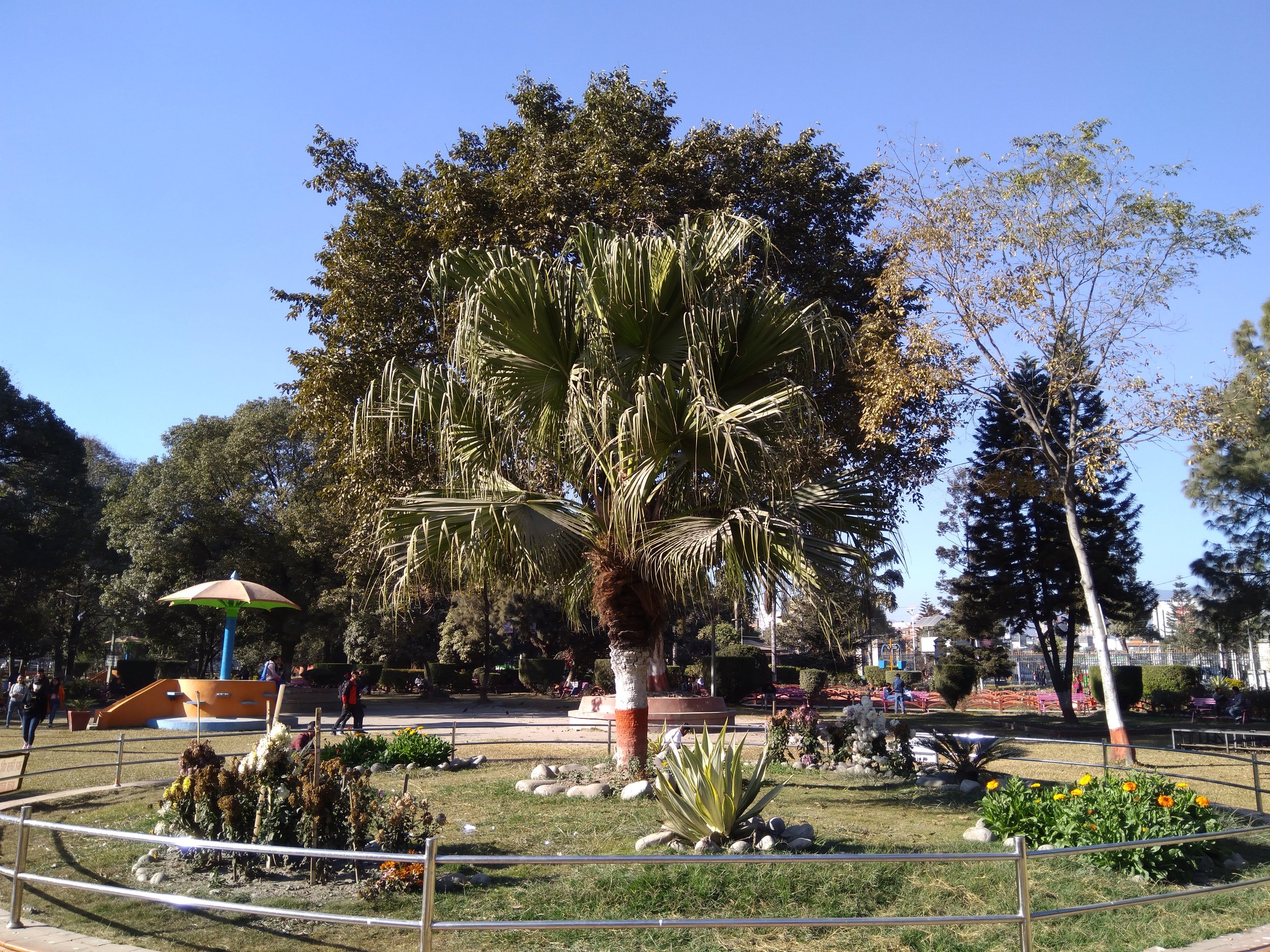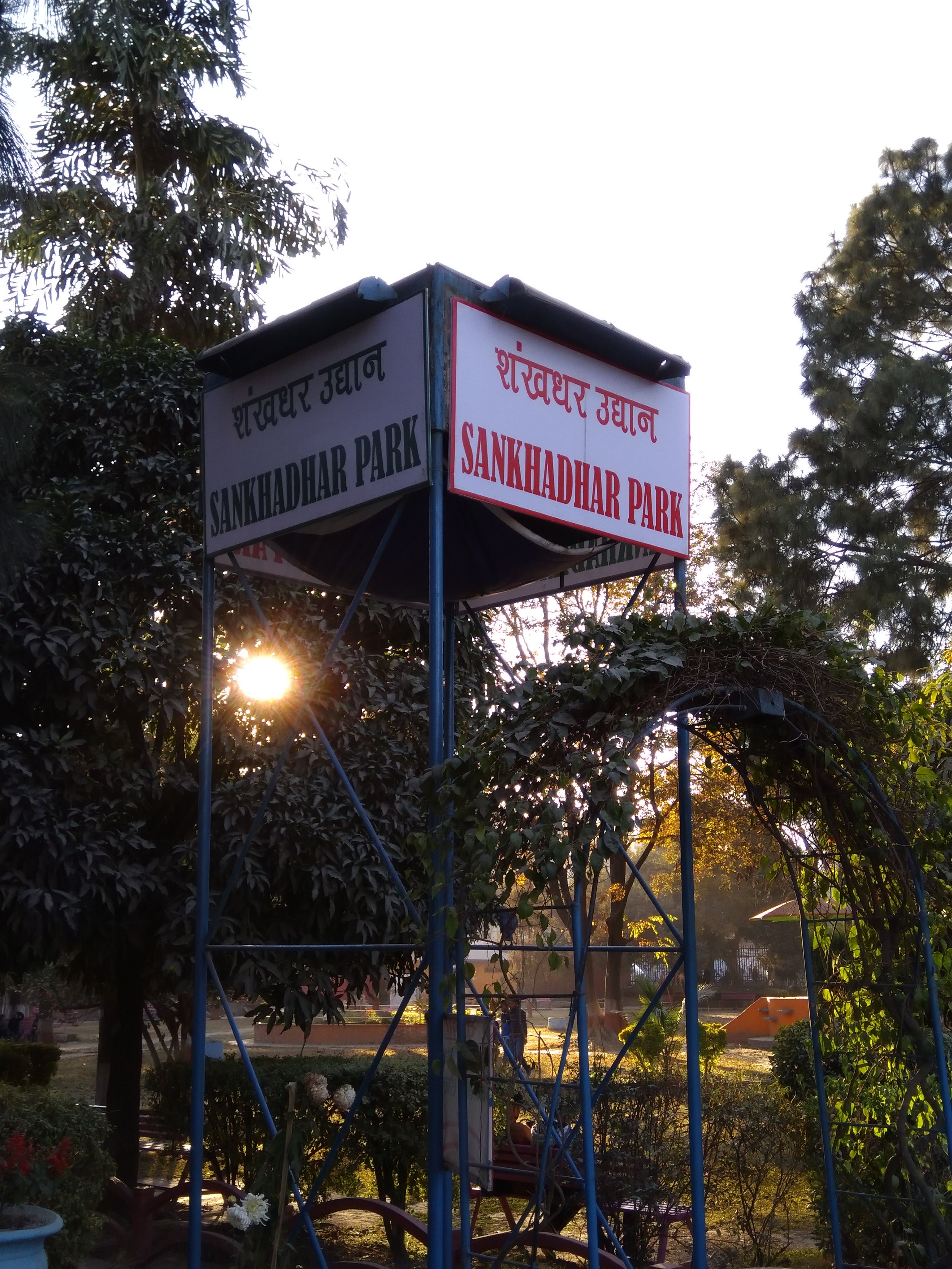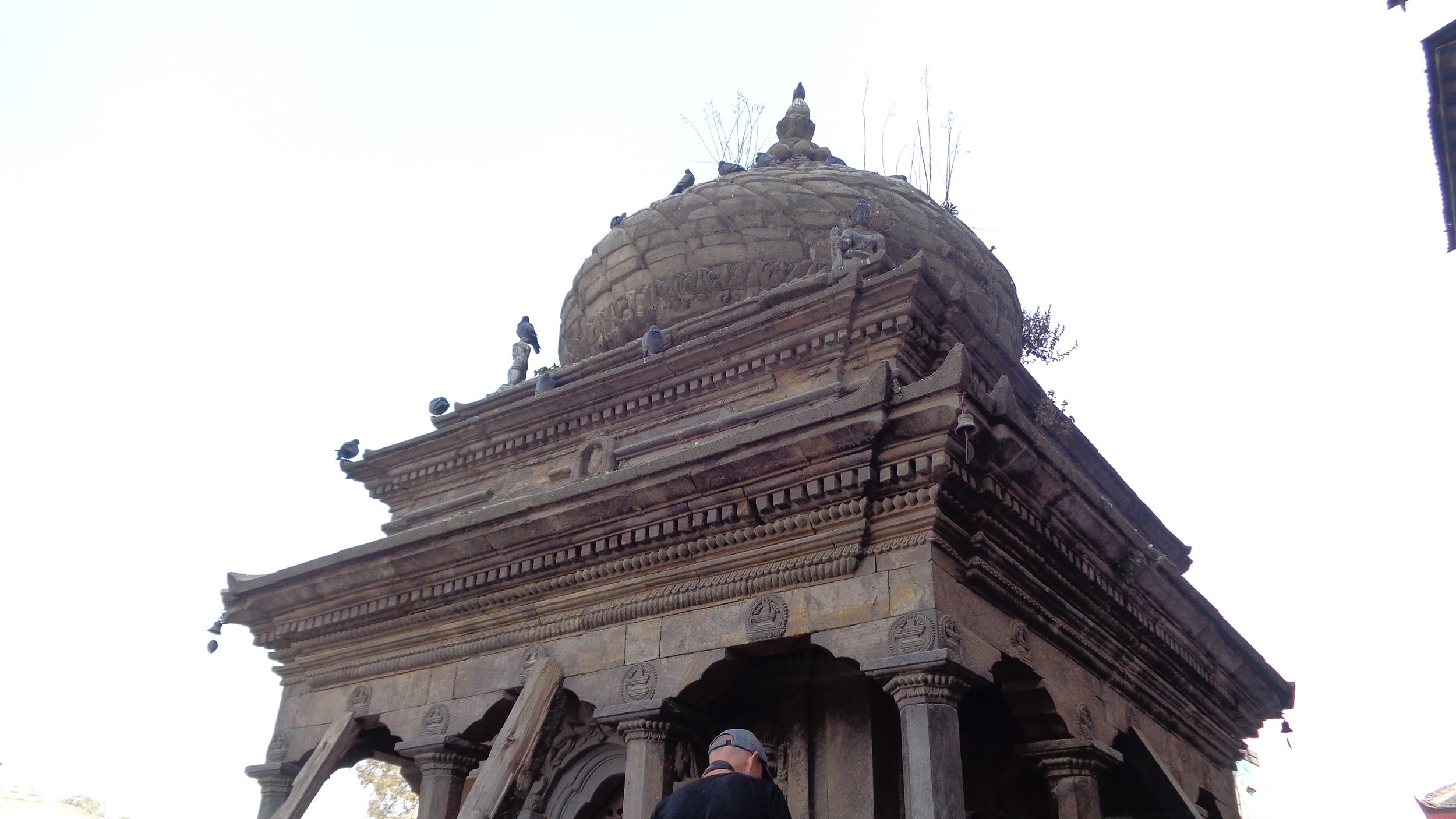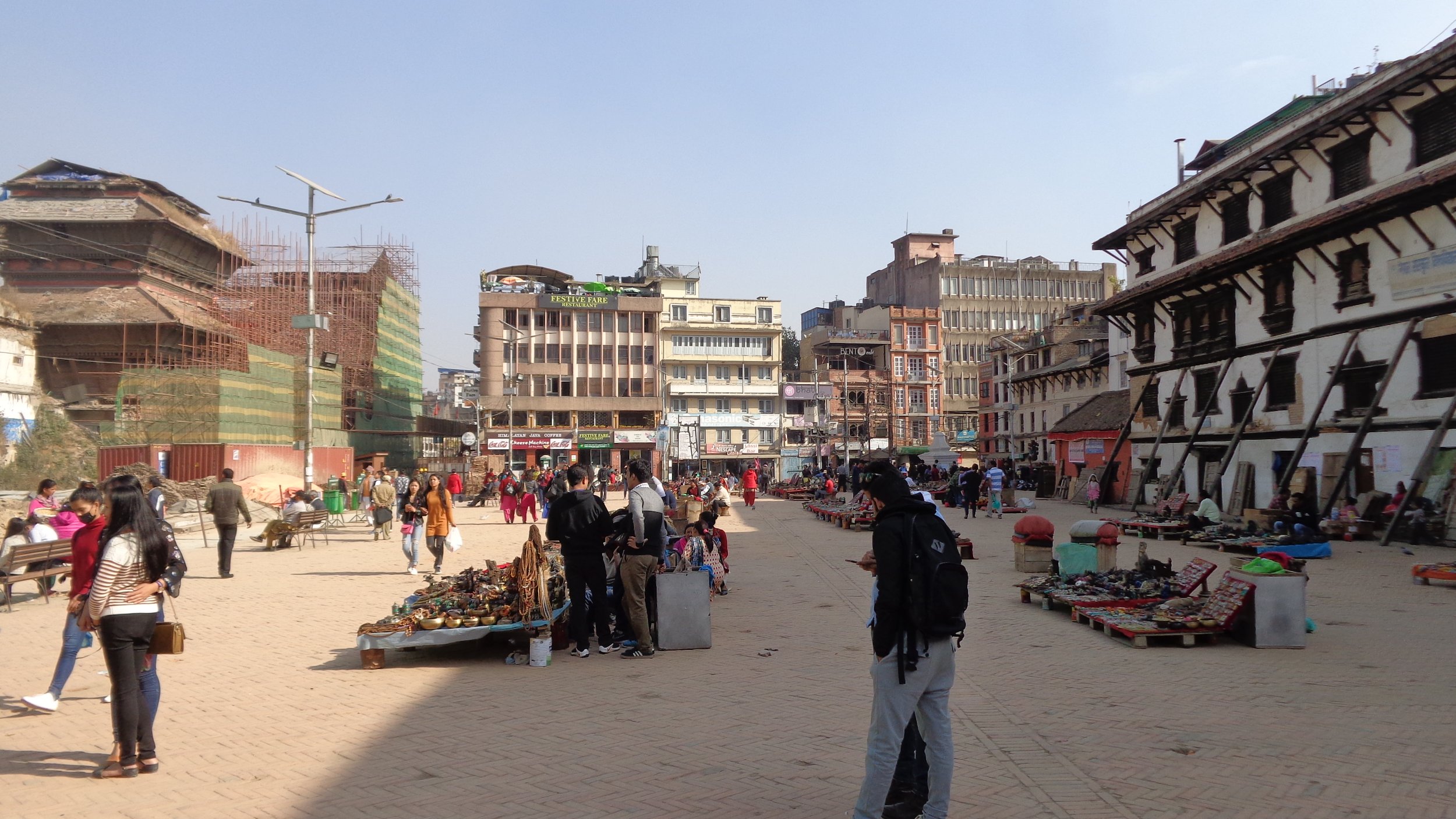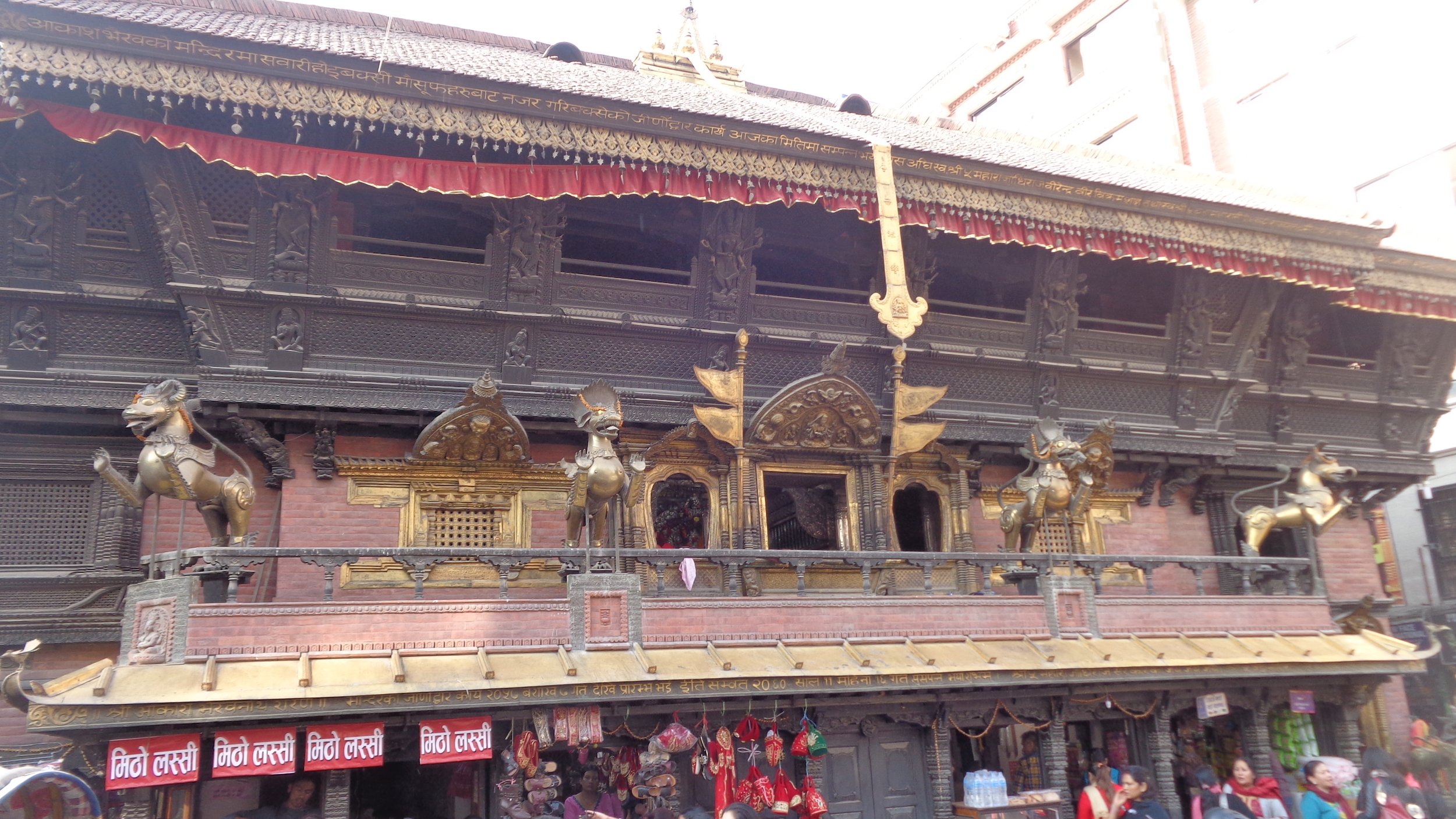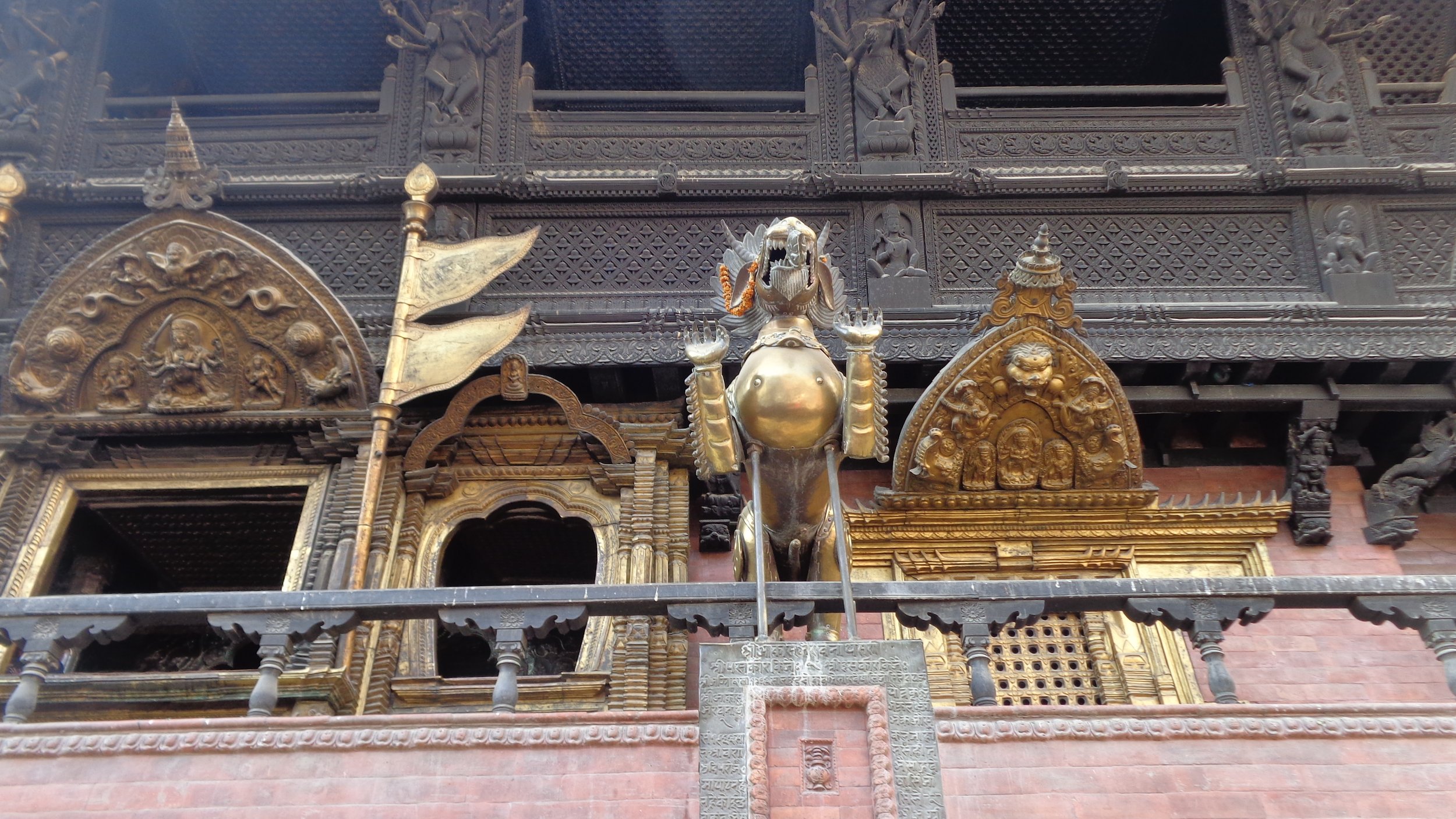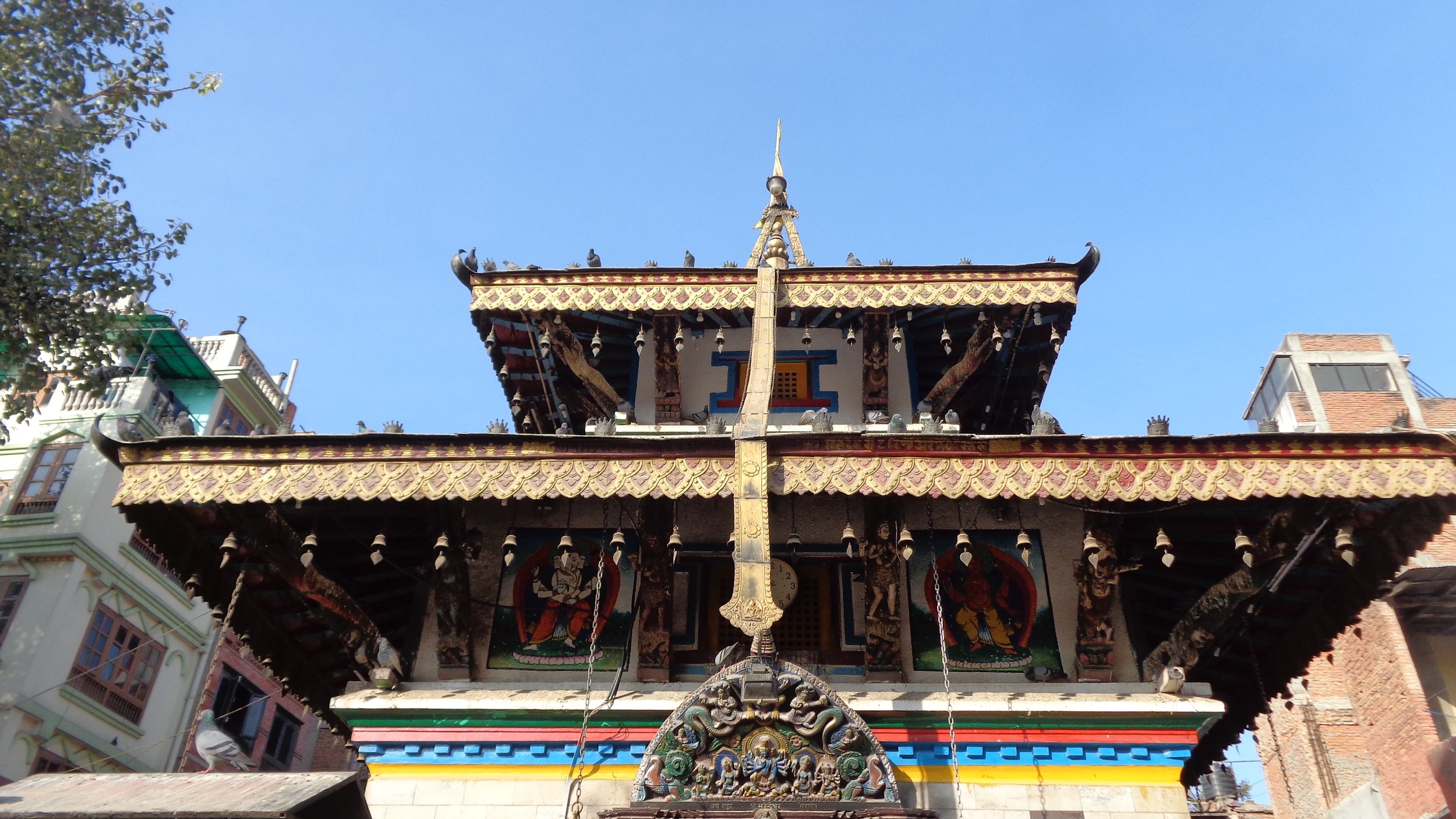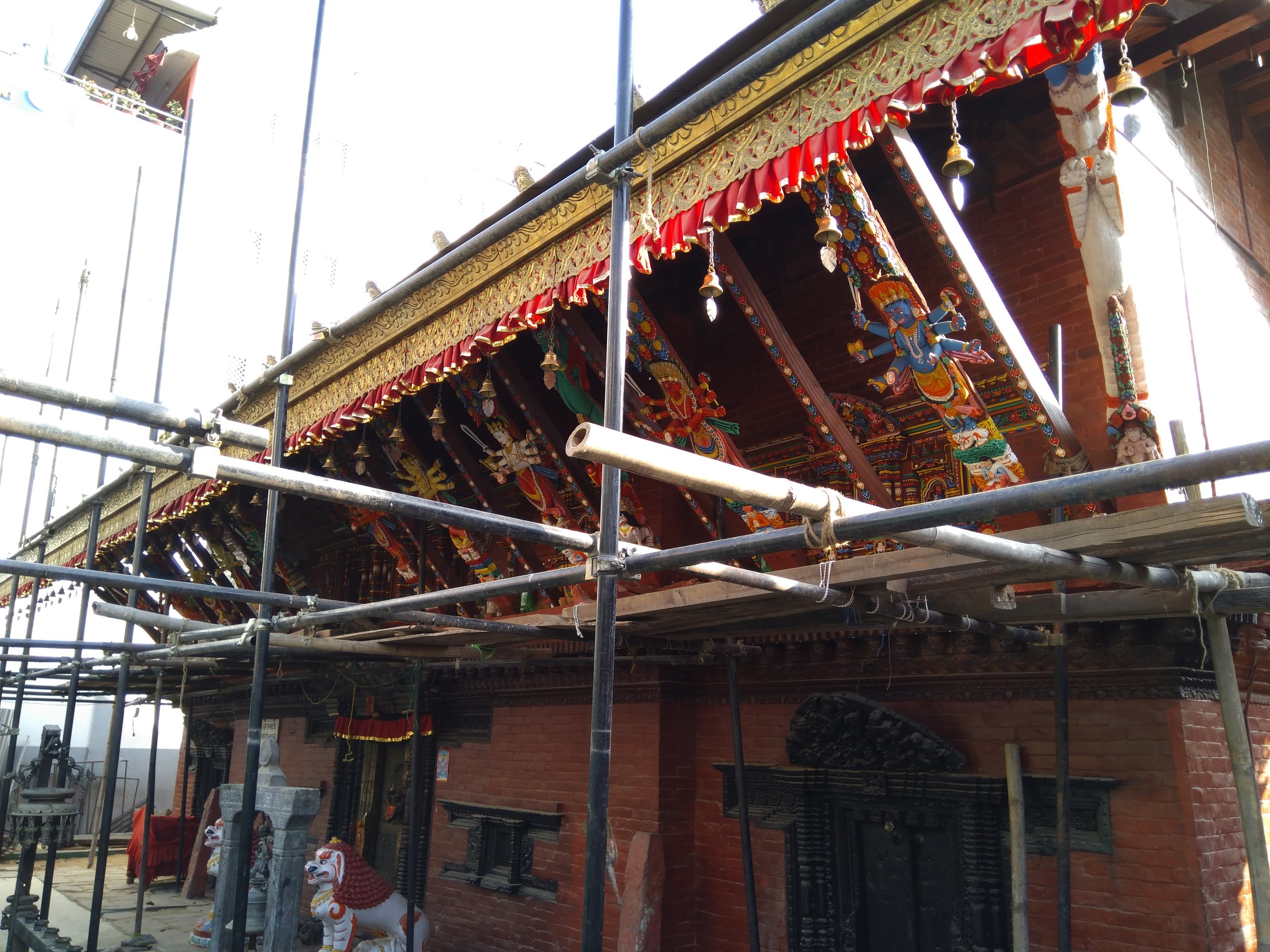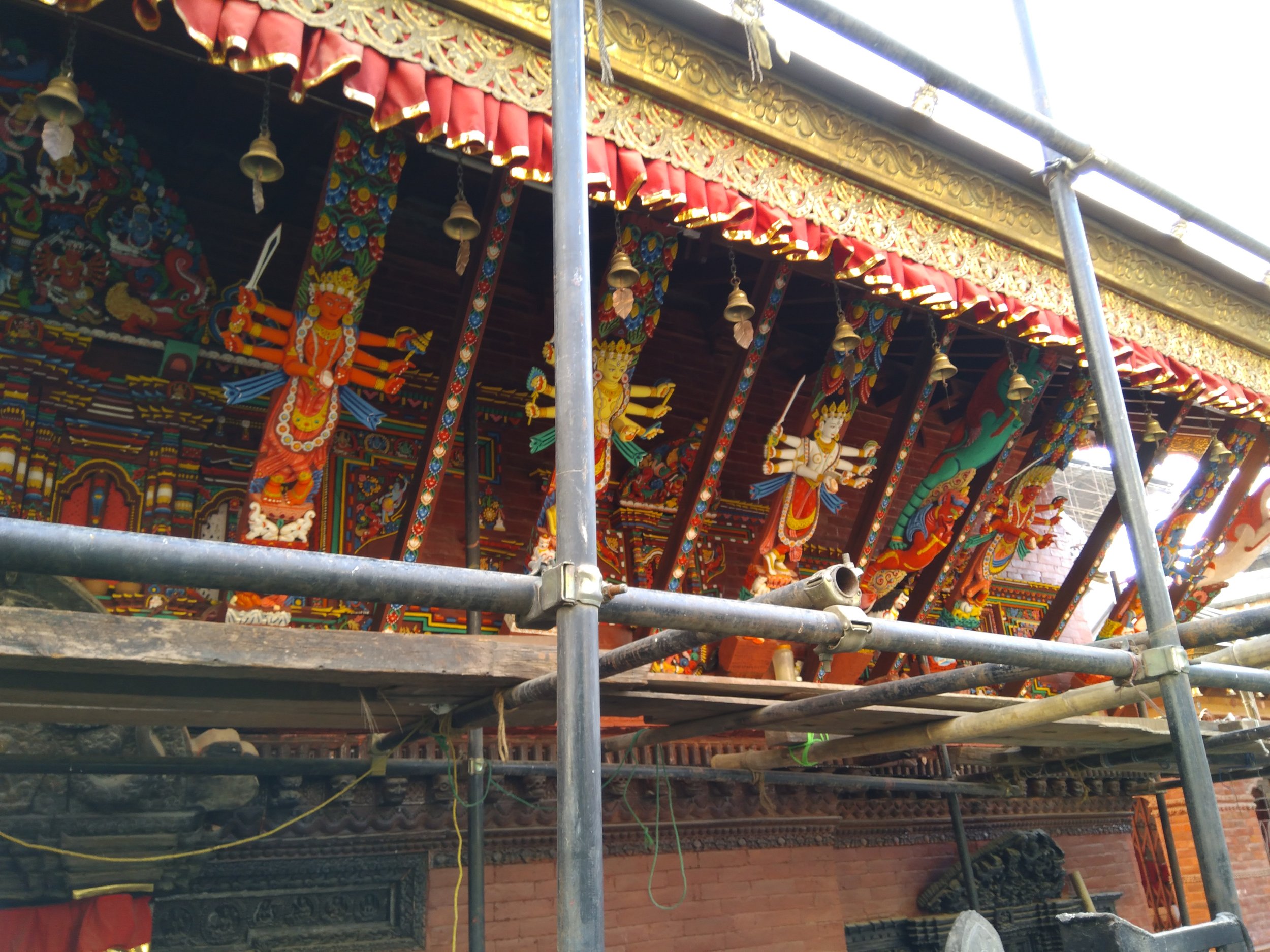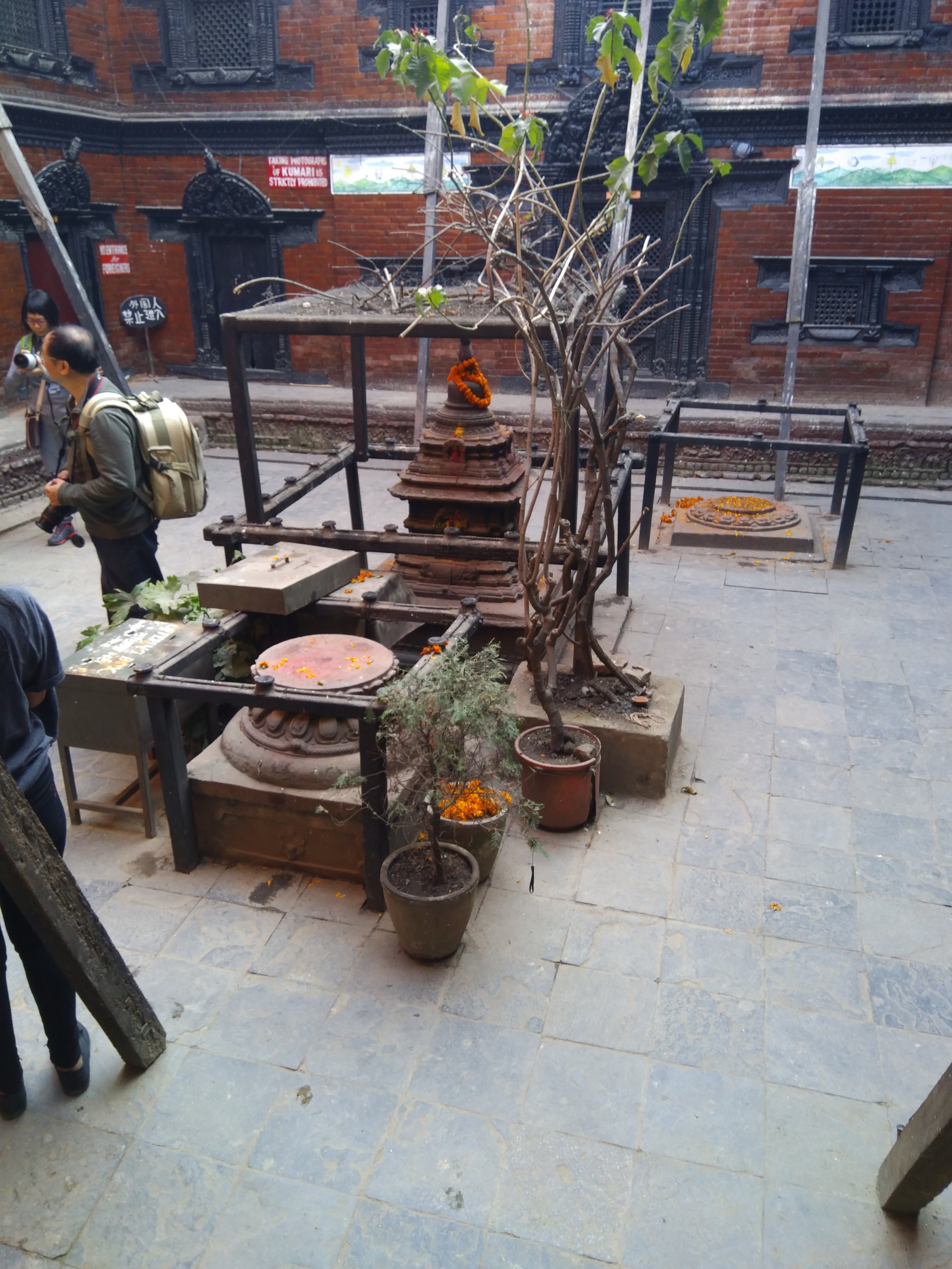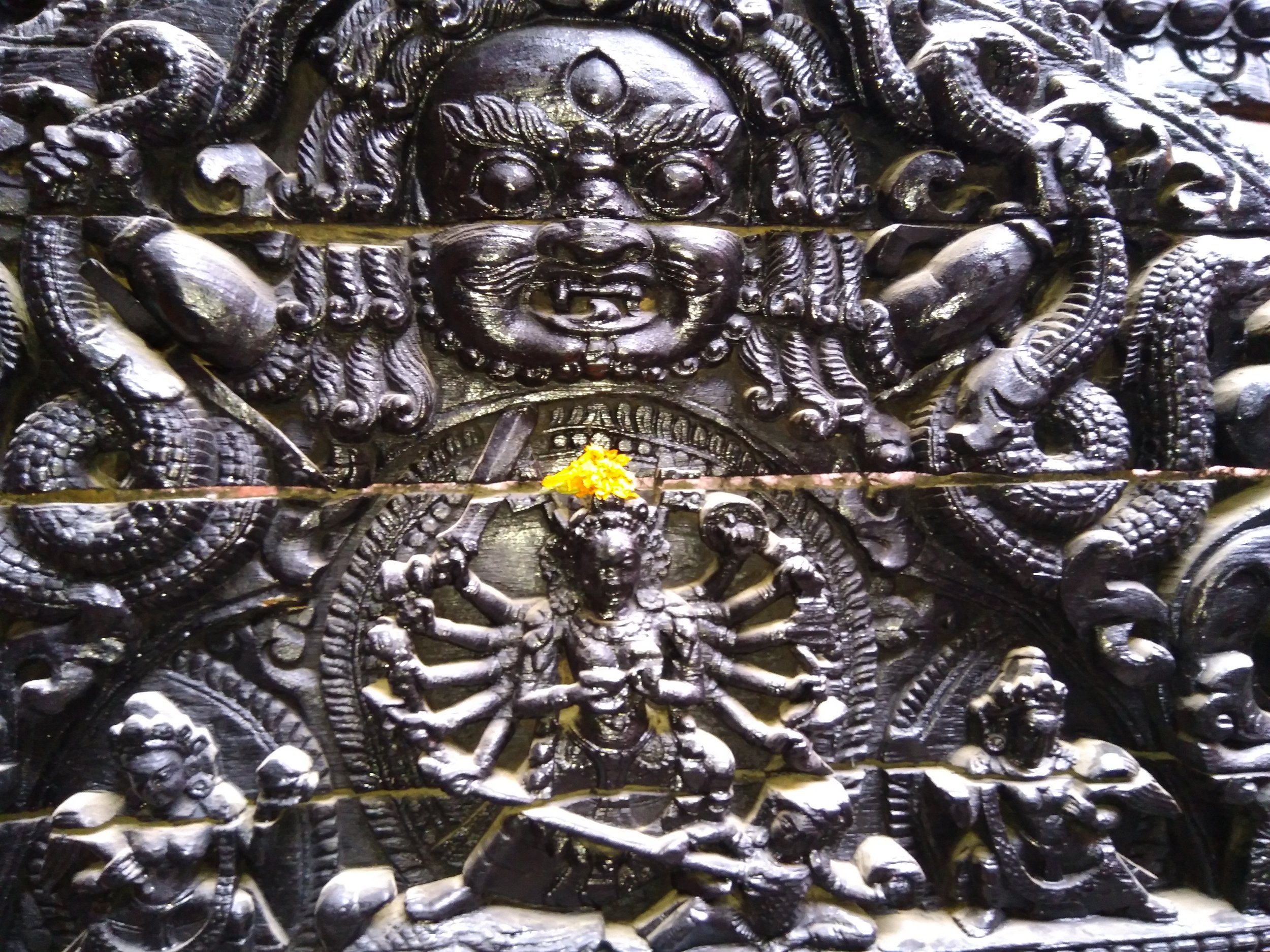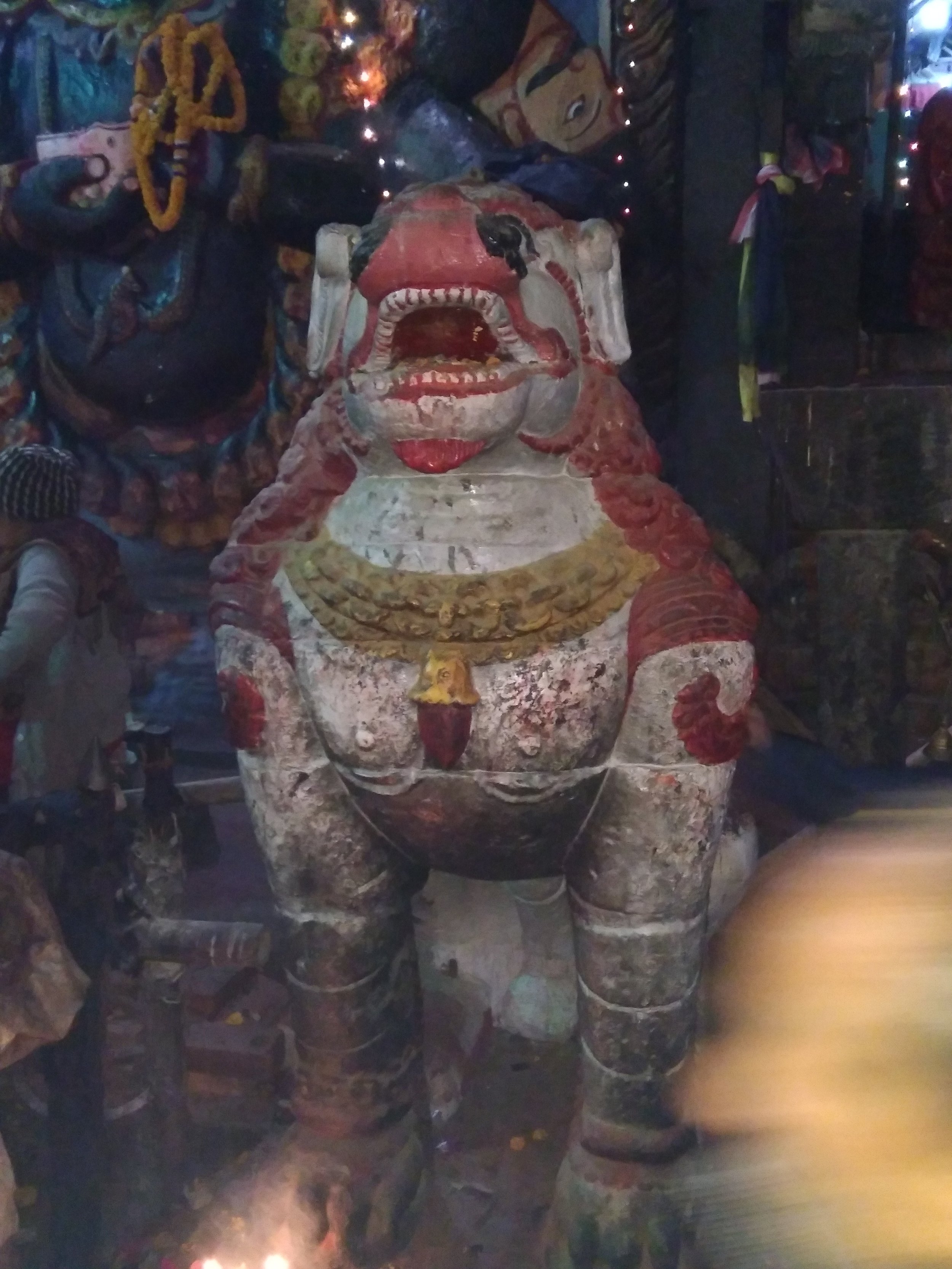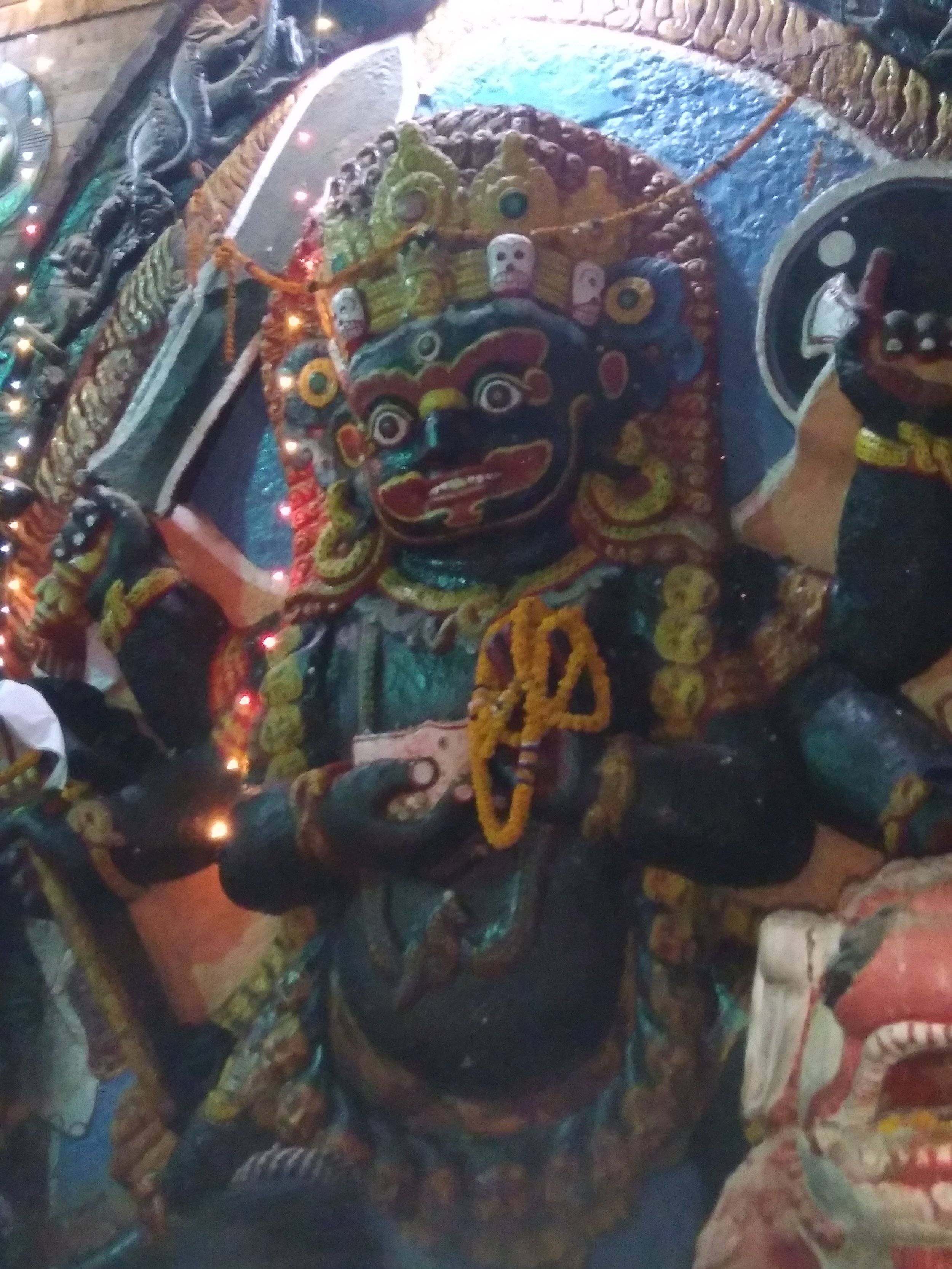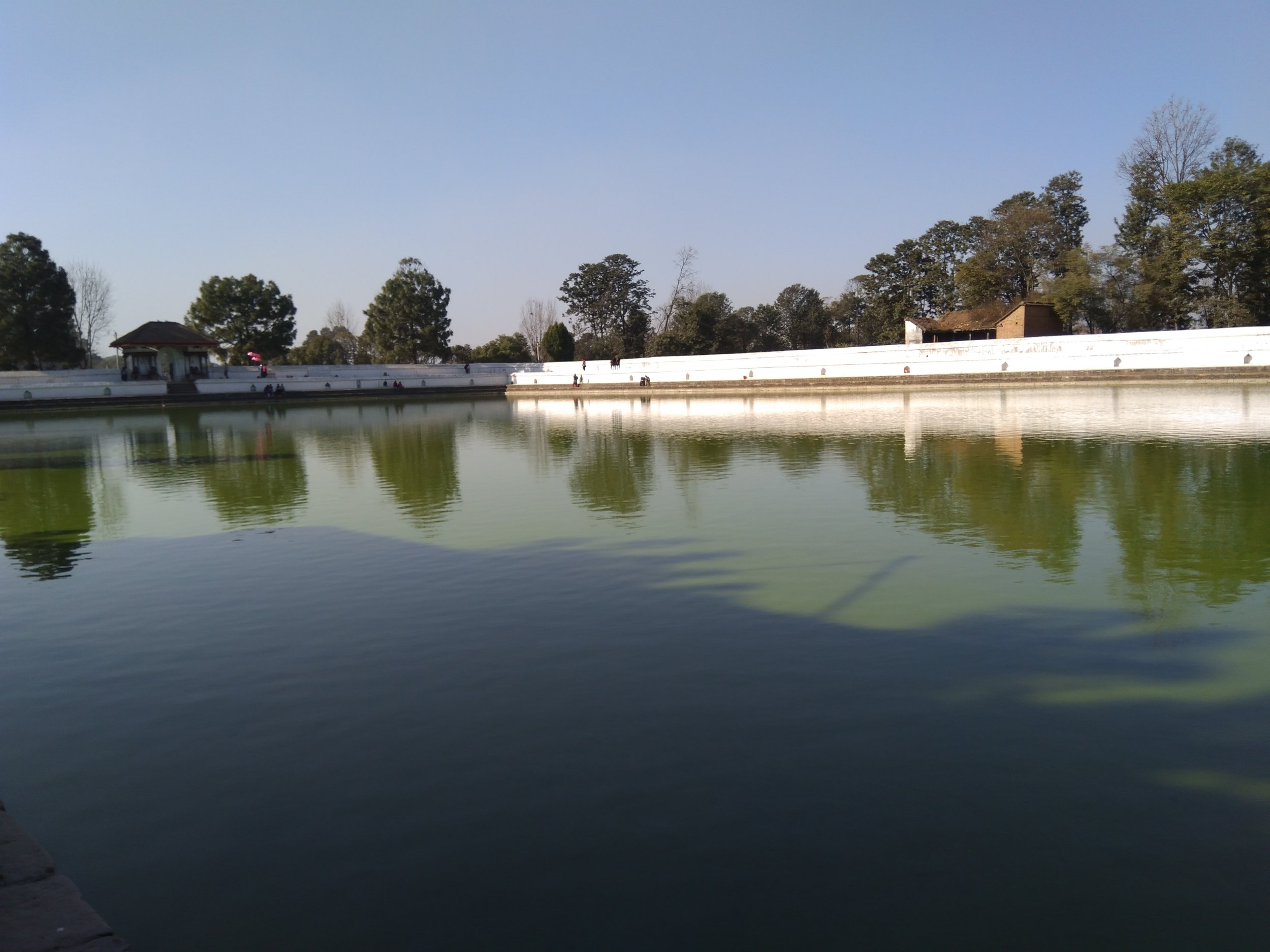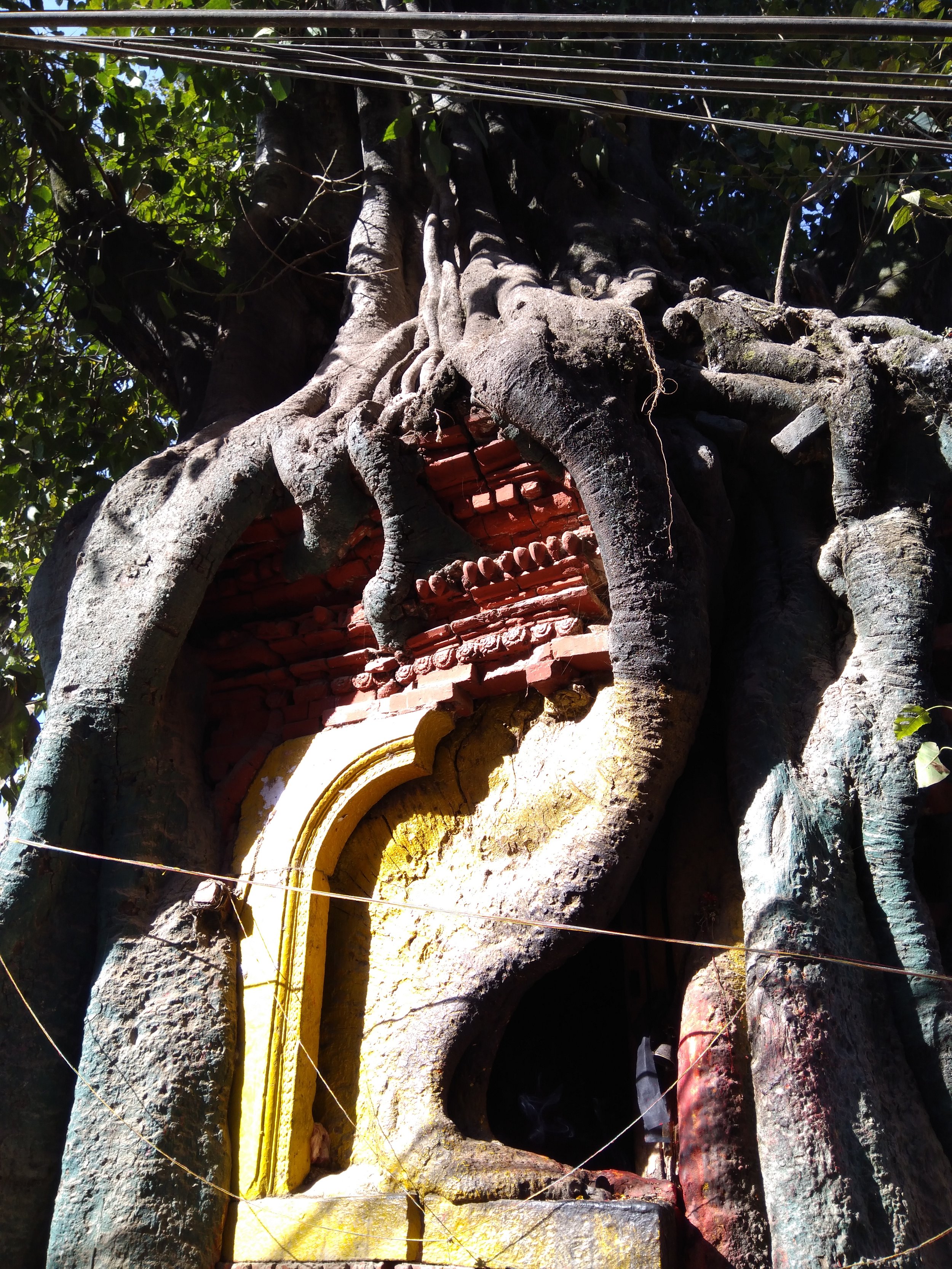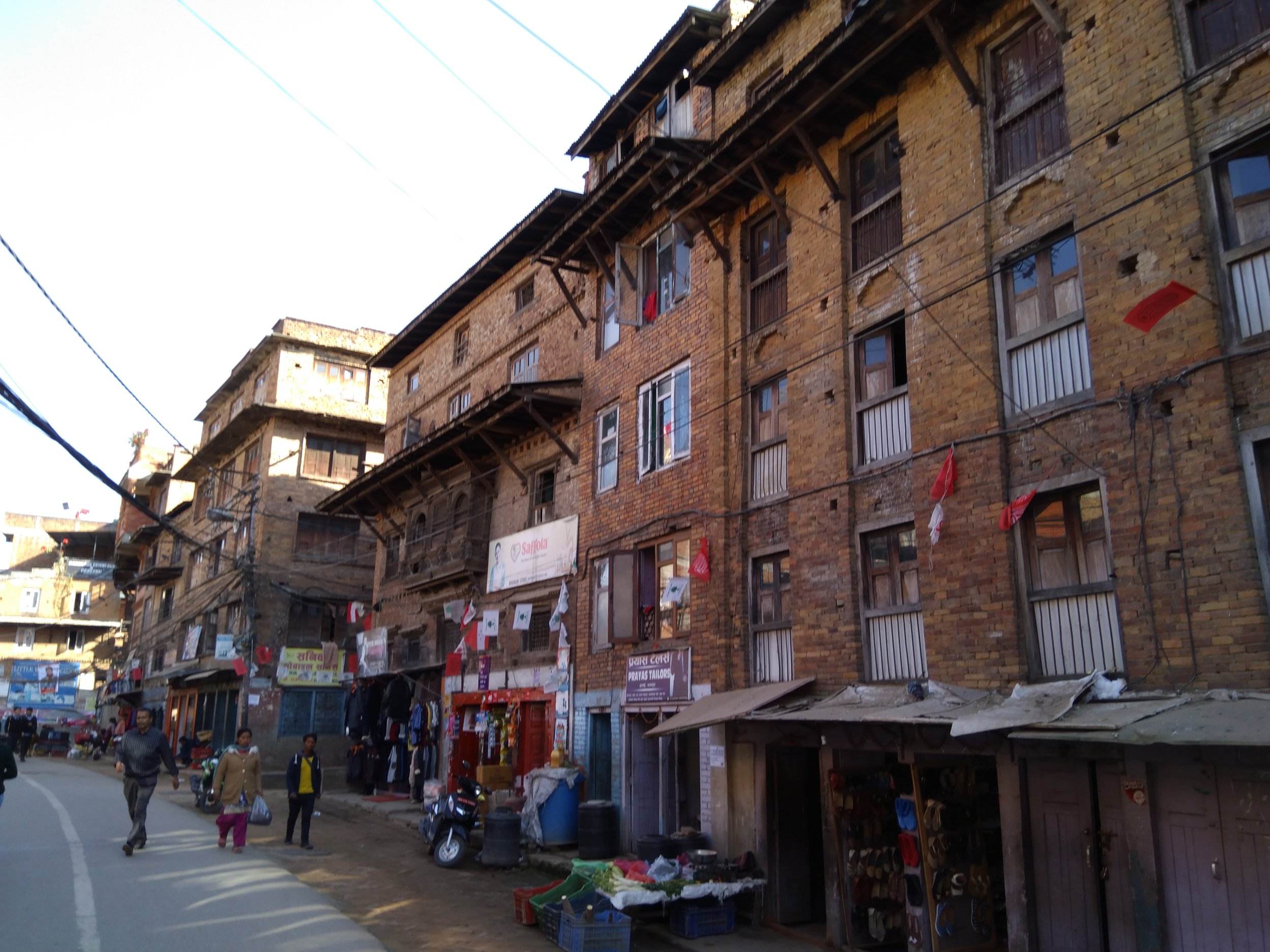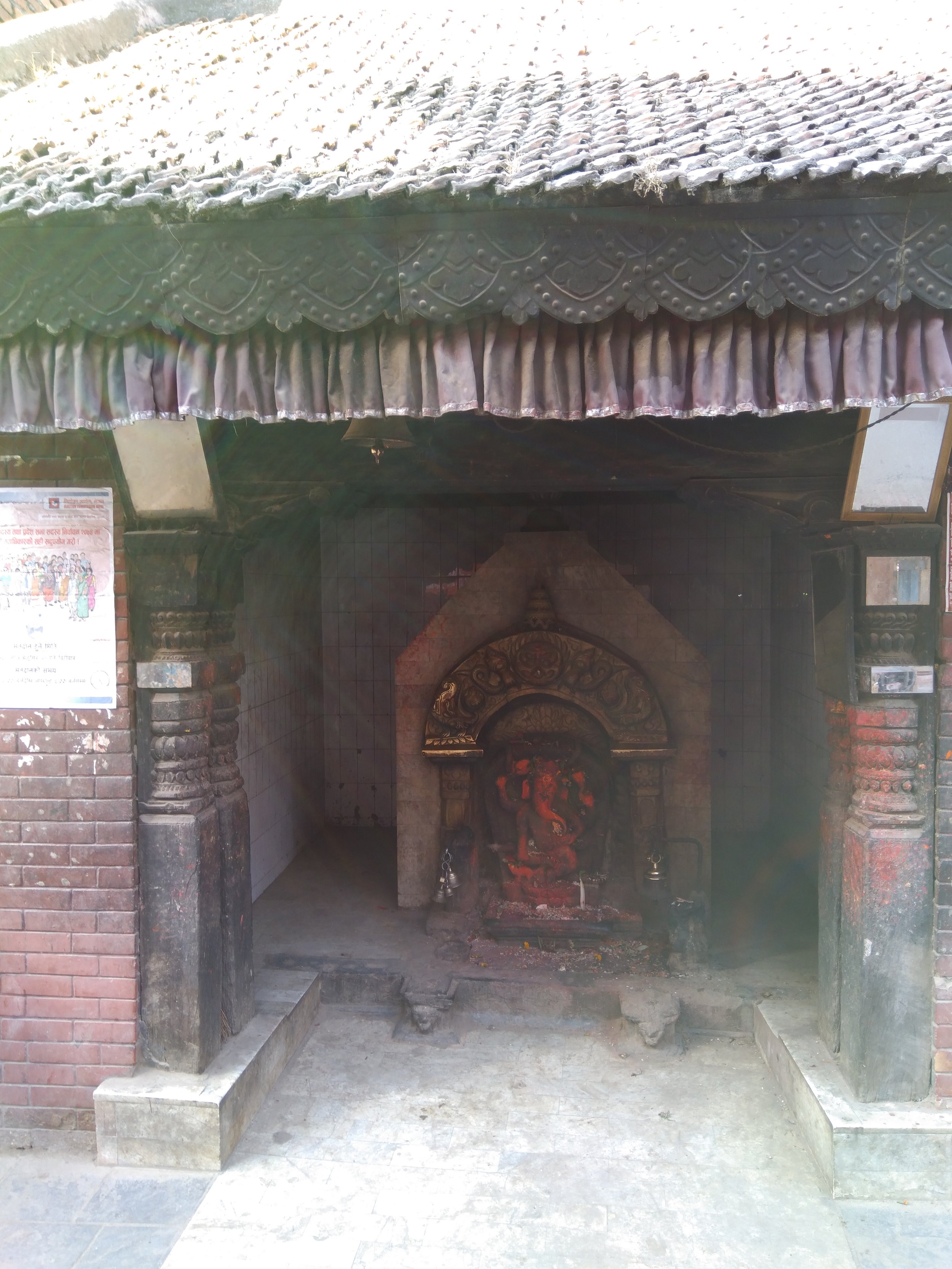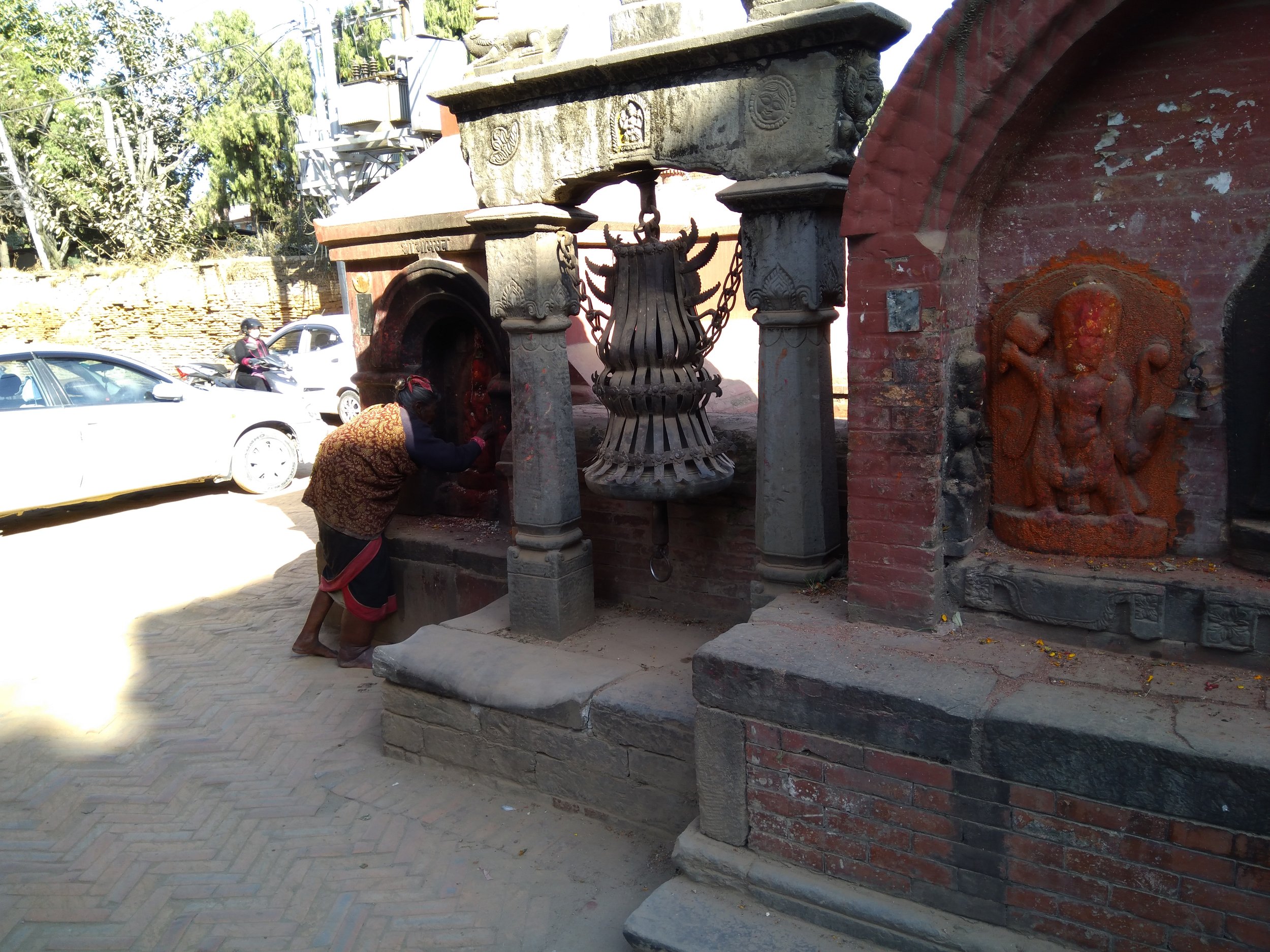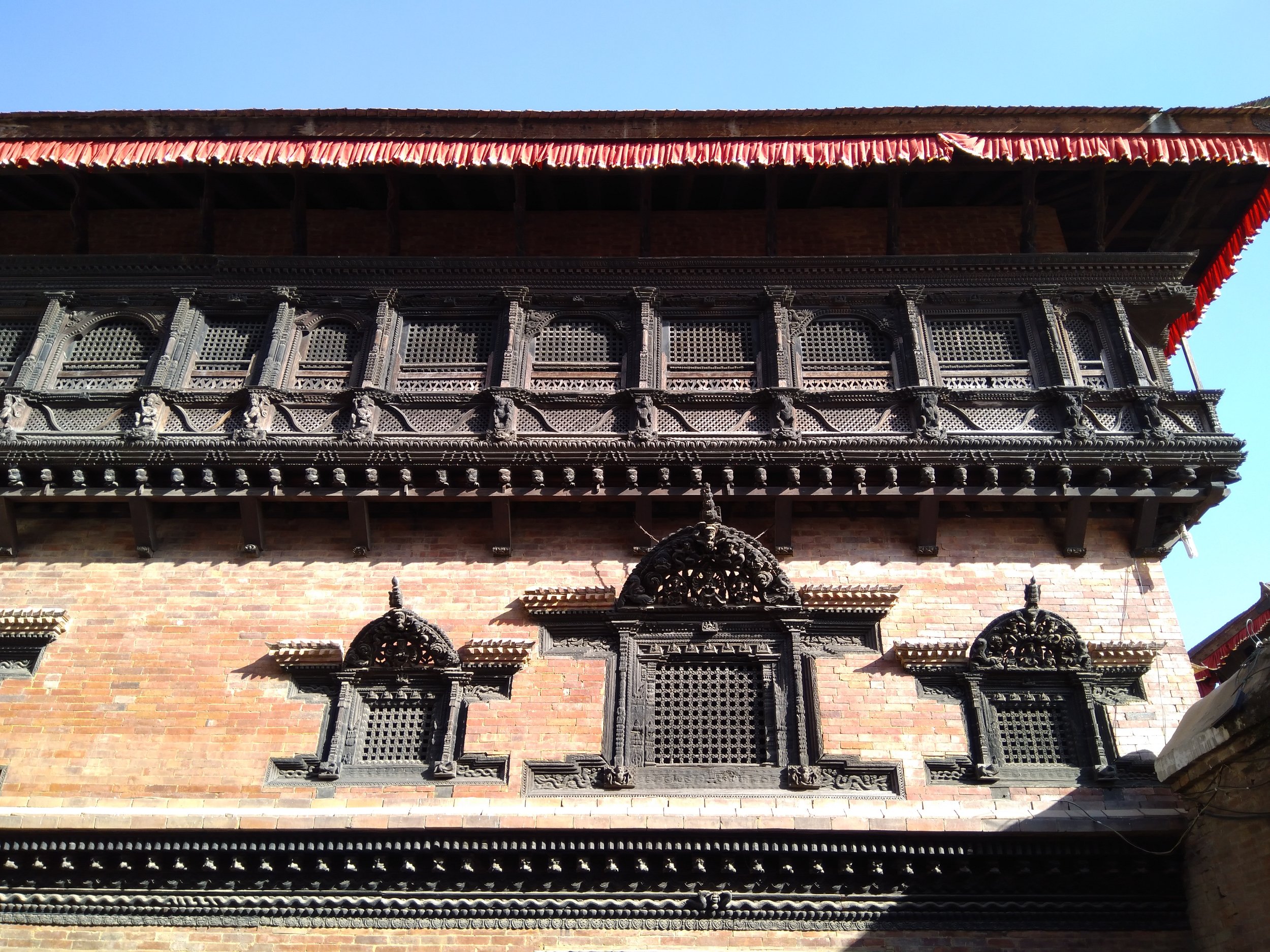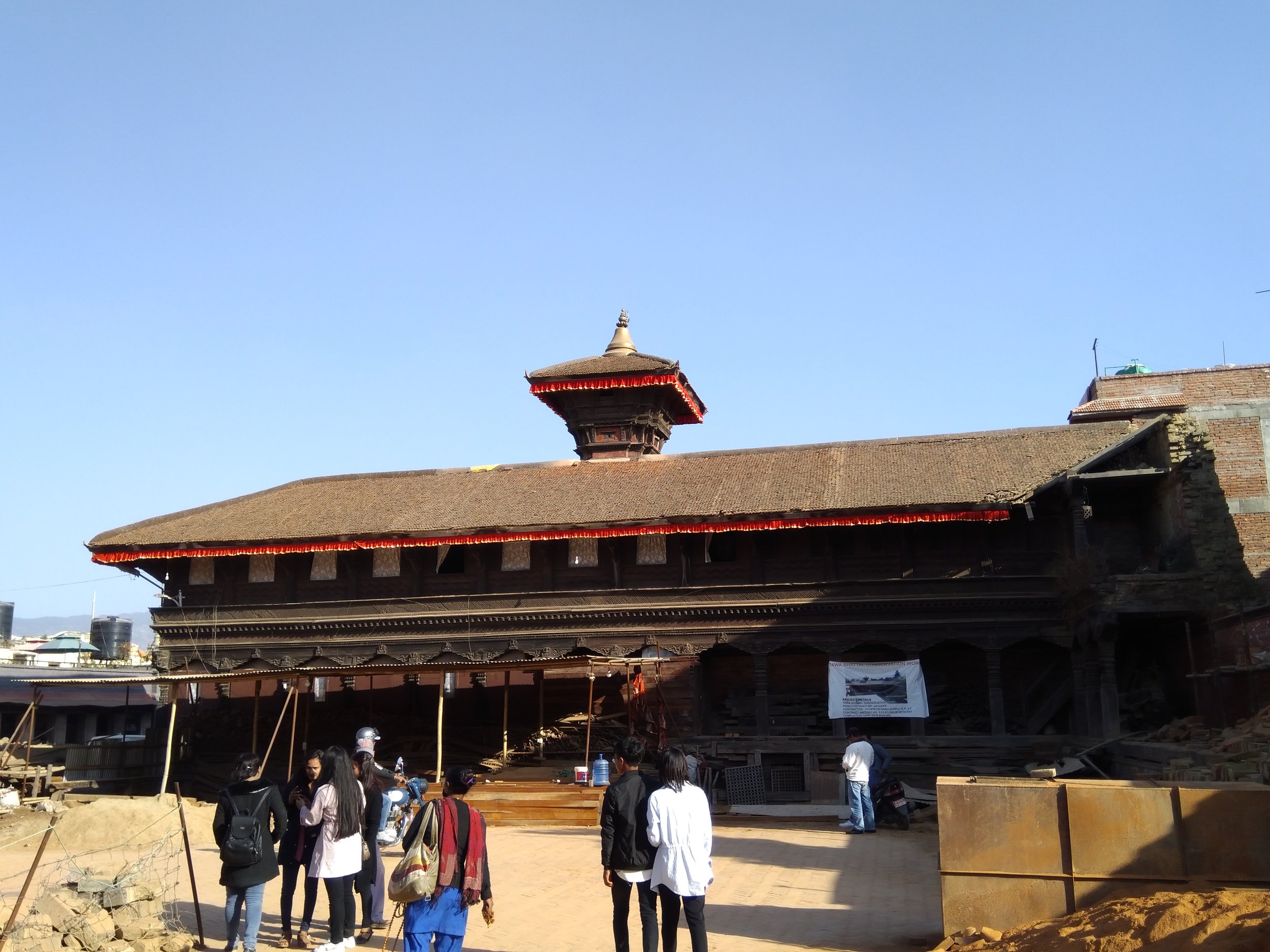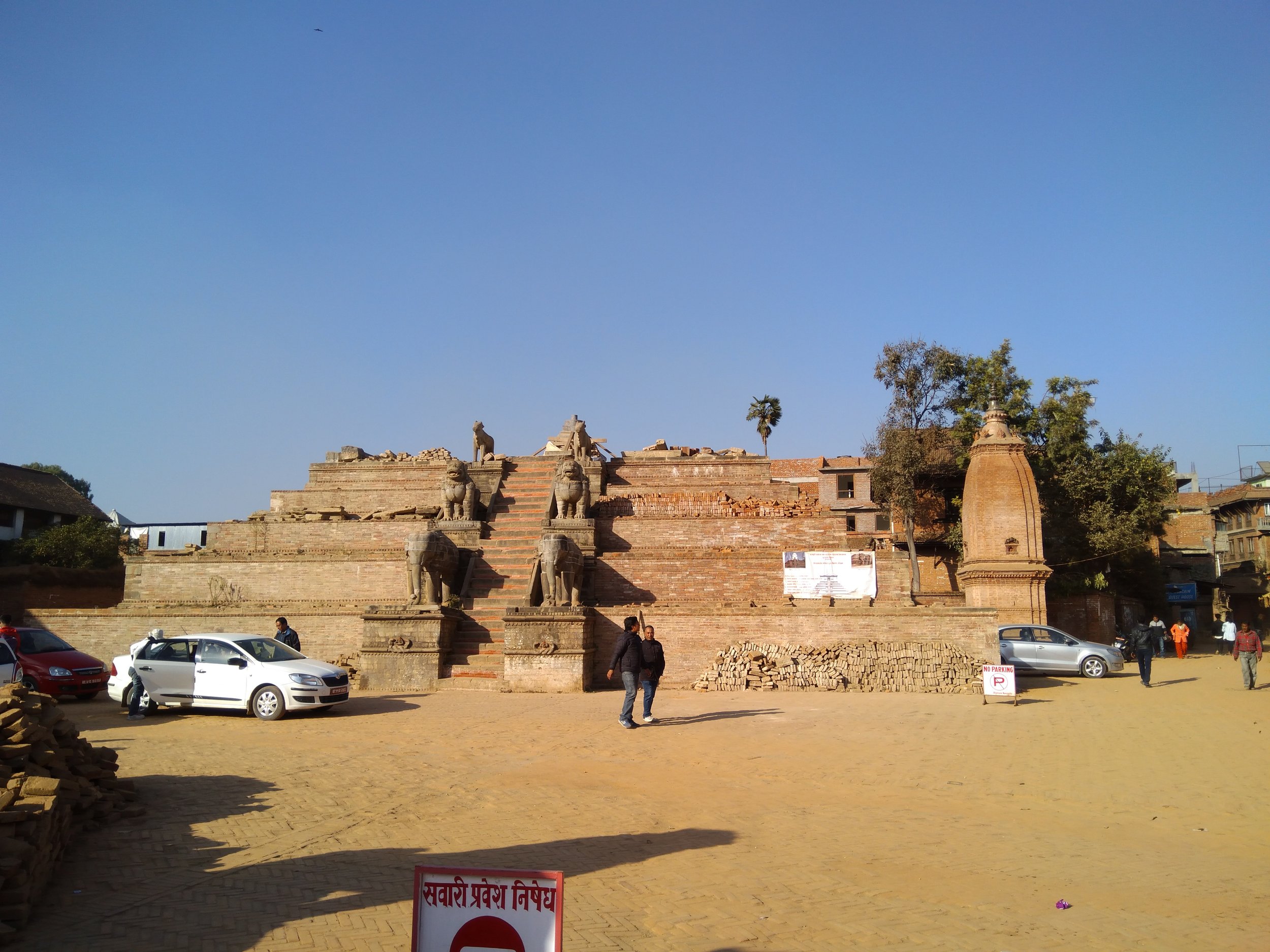Kathmandu, the king, the republic and the civil war

The Great Bouddha Stupa, Kathmandu photo: popcinema.org
Kathmandu, the king, the republic and the civil war.
Nepal is made up of numerous ethnic groups, many of which have disappeared over time. The country has had hard times.
In 1990, the constitution declared Nepal the first Hindu nation in the world.
In 2001, the king was killed along with nine other members of the royal family.
In 2006, the constitution proclaimed Nepal secular, abolished the privileges of Hindus, and the republic was established.
The result were a State dominated by the Maoists and a bloody civil war.

The population remains deeply Hindu. This religious feeling is present in every place and every moment. As in the Pashupatinath Temple on the banks of the Bagmati River, with its sadly lit funeral pyres.

Fires are a constant in Nepal. Smoke is everywhere, in restaurants, on roadsides, from the incense in temples, from pyres on the Bagmati. Smoke continually rises over the Kathmandu sky.

The streets of the capital are gloomy with the signs of the destruction caused by the earthquake of 2015. Central Durban Square seems to be supported only by the poles of the still slow renovations.

Monks and faithful Buddhists fled to the diaspora from nearby Tibet and arrived in Nepal. They represent a minority. However, they have stimulated a noisy presence, with the construction of immense stupas such as The Great Bouddha Stupa, enclosed by a circle of houses.

In the Thamel district, the Oṃ Maṇi Padme Hūṃ mantra resounds continuously. It never stops. While the shops sell Buddhist objects, including the gorgeous mandalas painted by students and artists.

The Kathmandu Valley is inexorably affected by air pollution, deforestation, and water dredging. Besides, political inefficiency and corrupt bureaucracy are widespread.
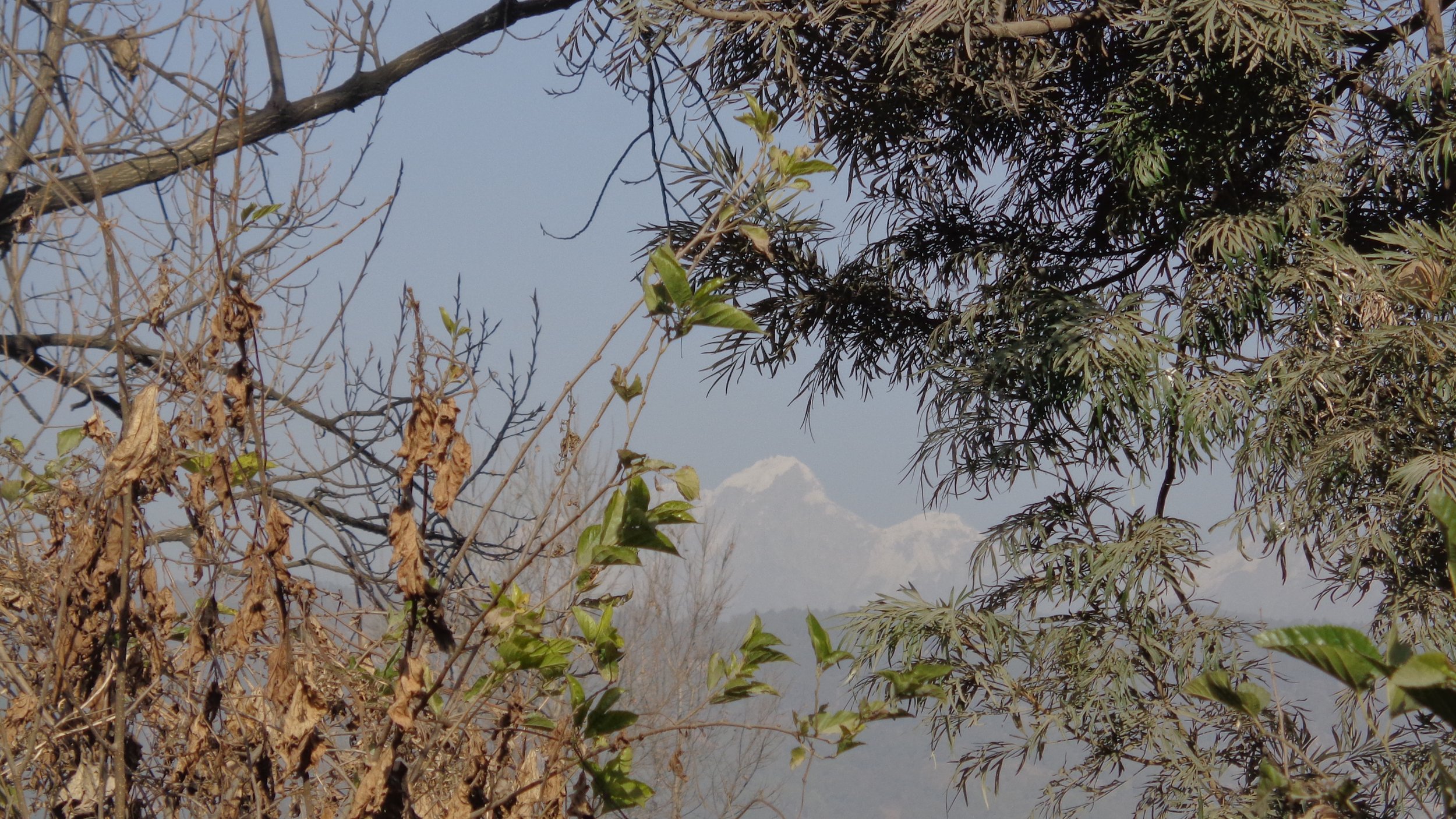
Himalayas seen from Kathmandu photo: popcinema.org
Despite its flaws, Khatmandu is a city full of charm, tenderness, humanity, passion, and a retro hippy community. Young people with dreadlocks and colourful clothes still loiter in search of toxic happiness.
Bibliography: Silvia Grossi, Polvere e sangue a Kathmandu, Primiceri editore, I edizione, 2016
Author Roberto Matteucci
Click Here for Italian version
Credit photo: popcinema.org
https://www.facebook.com/roberto.matteucci.7
http://linkedin.com/in/roberto-matteucci-250a1560
“There’d he even less chance in a next life,” she smiled.
“In the old days, people woke up at dawn to cook food to give to monks. That’s why they had good meals to eat. But people these days just buy ready-to-eat food in plastic bags for the monks. As the result, we may have to eat meals from plastic bags for the next several lives.”
Letter from a Blind Old Man, Prabhassorn Sevikul (Nilubol Publishing House, 2009)





